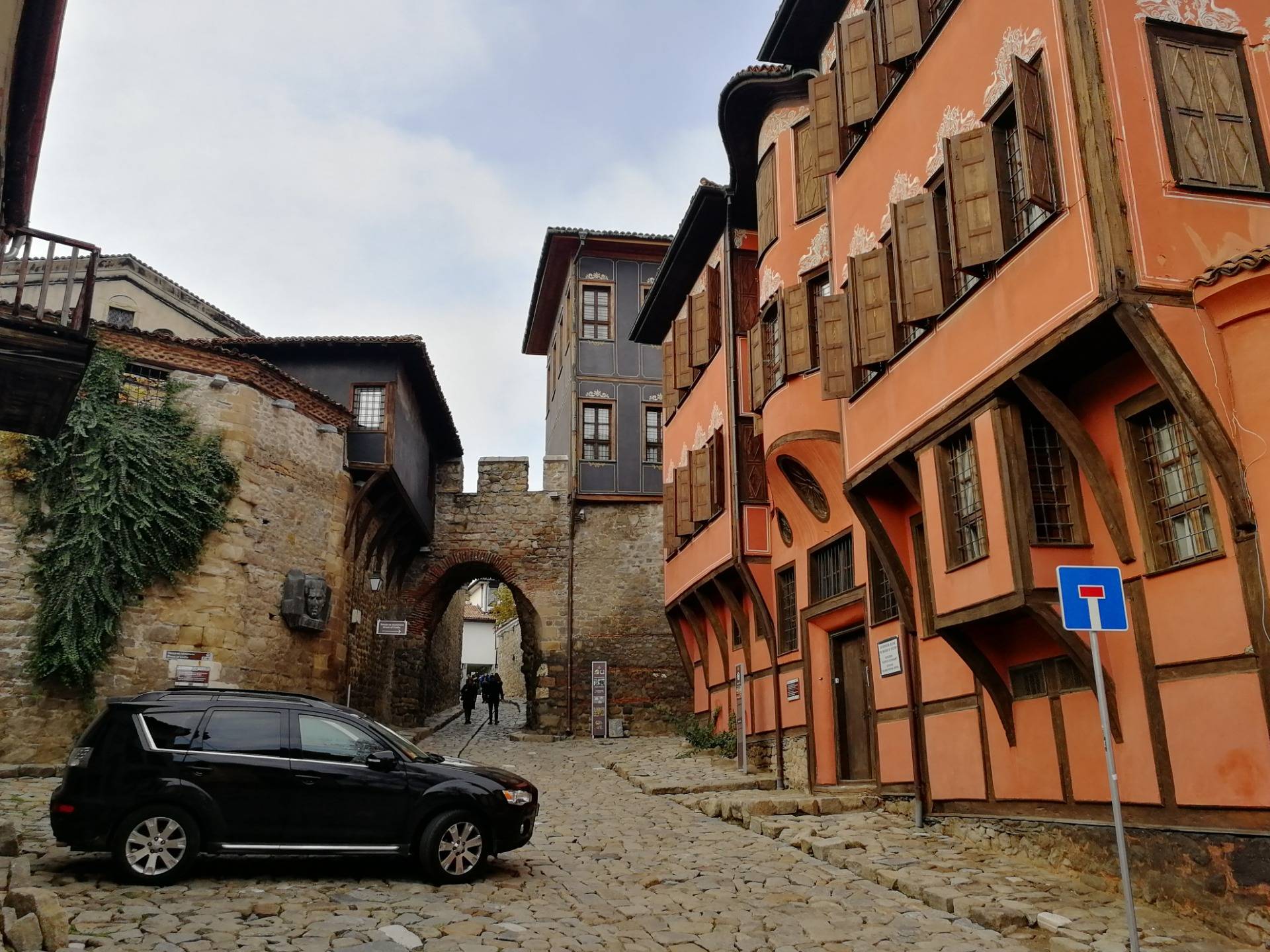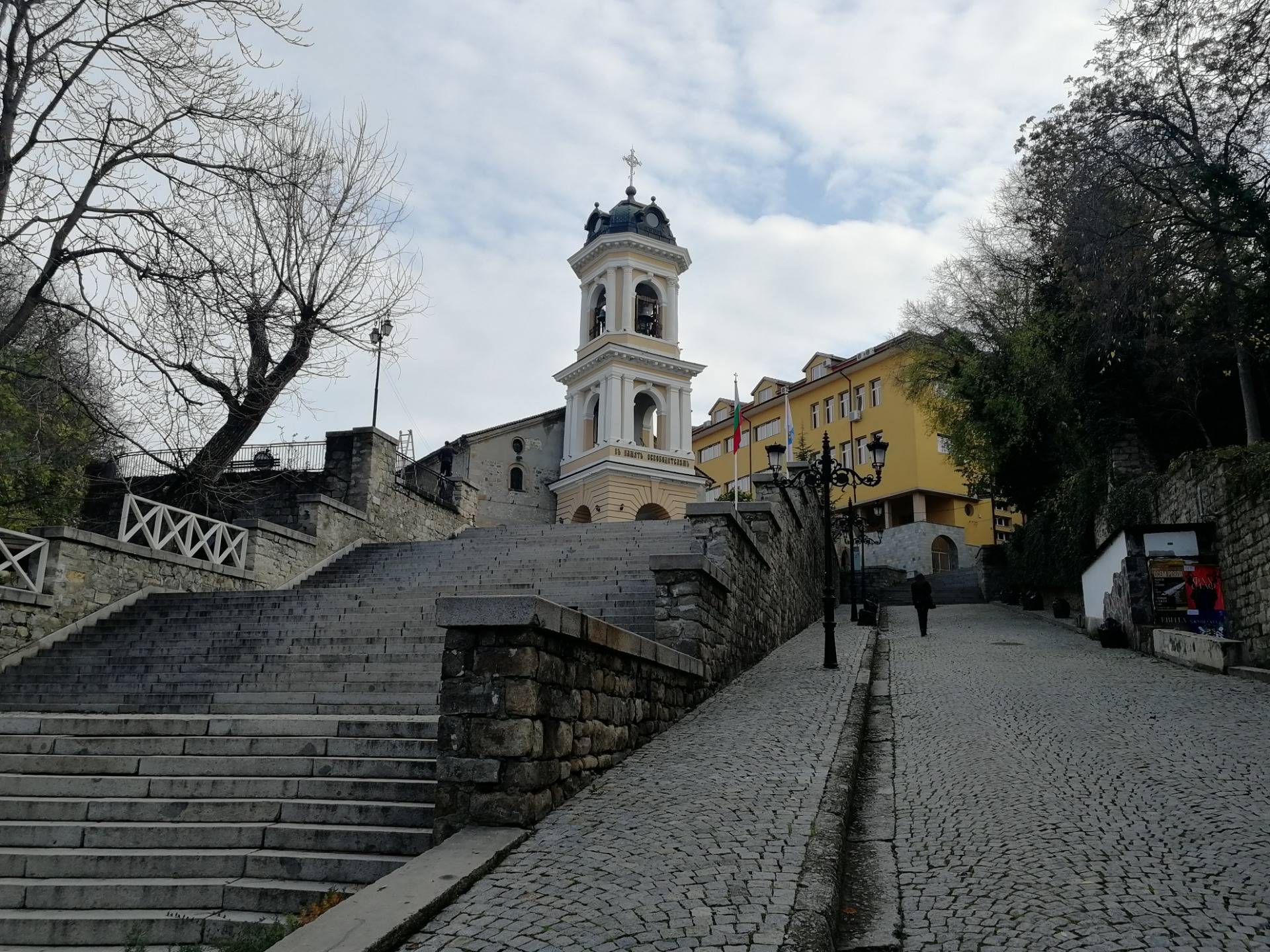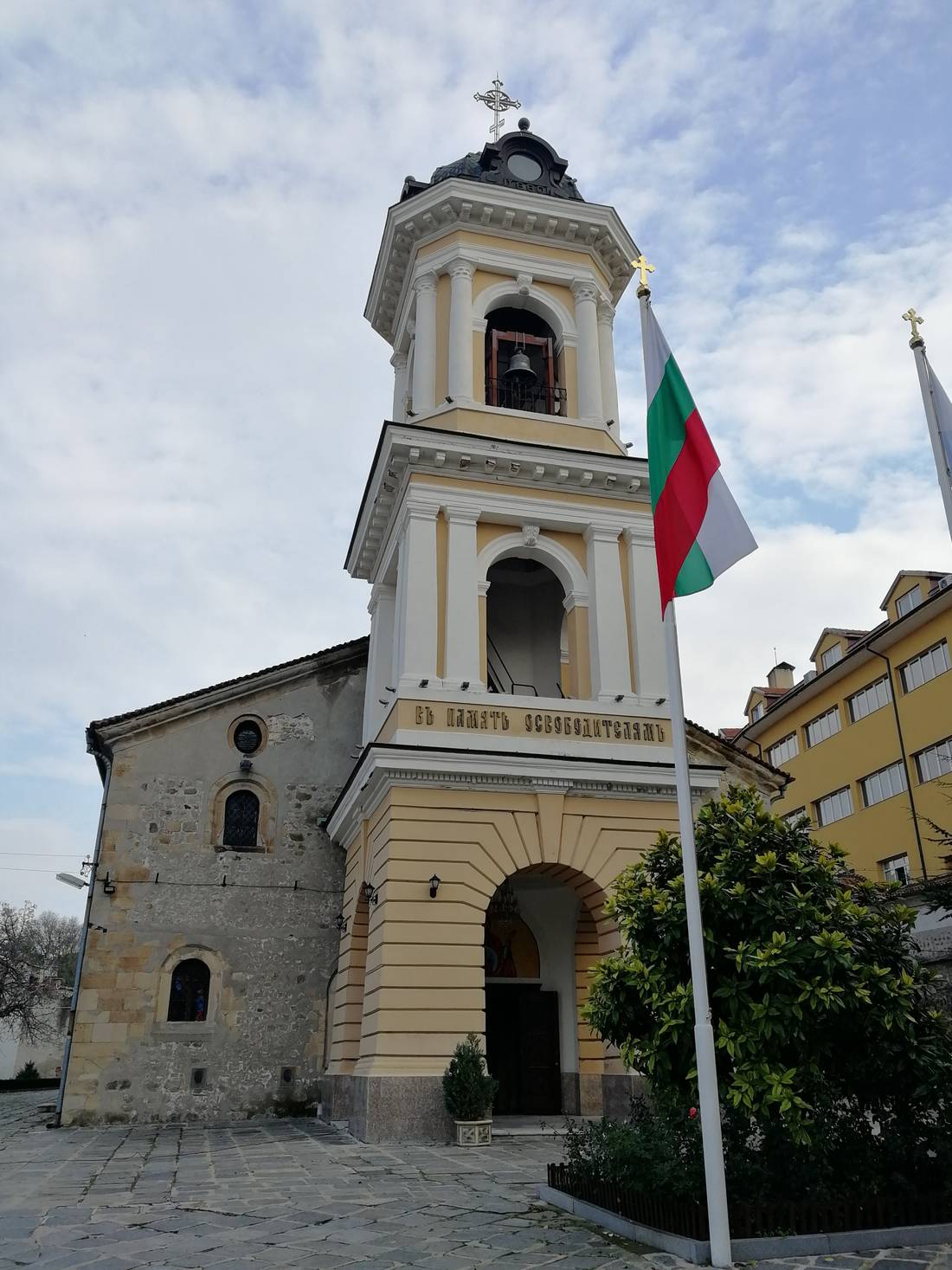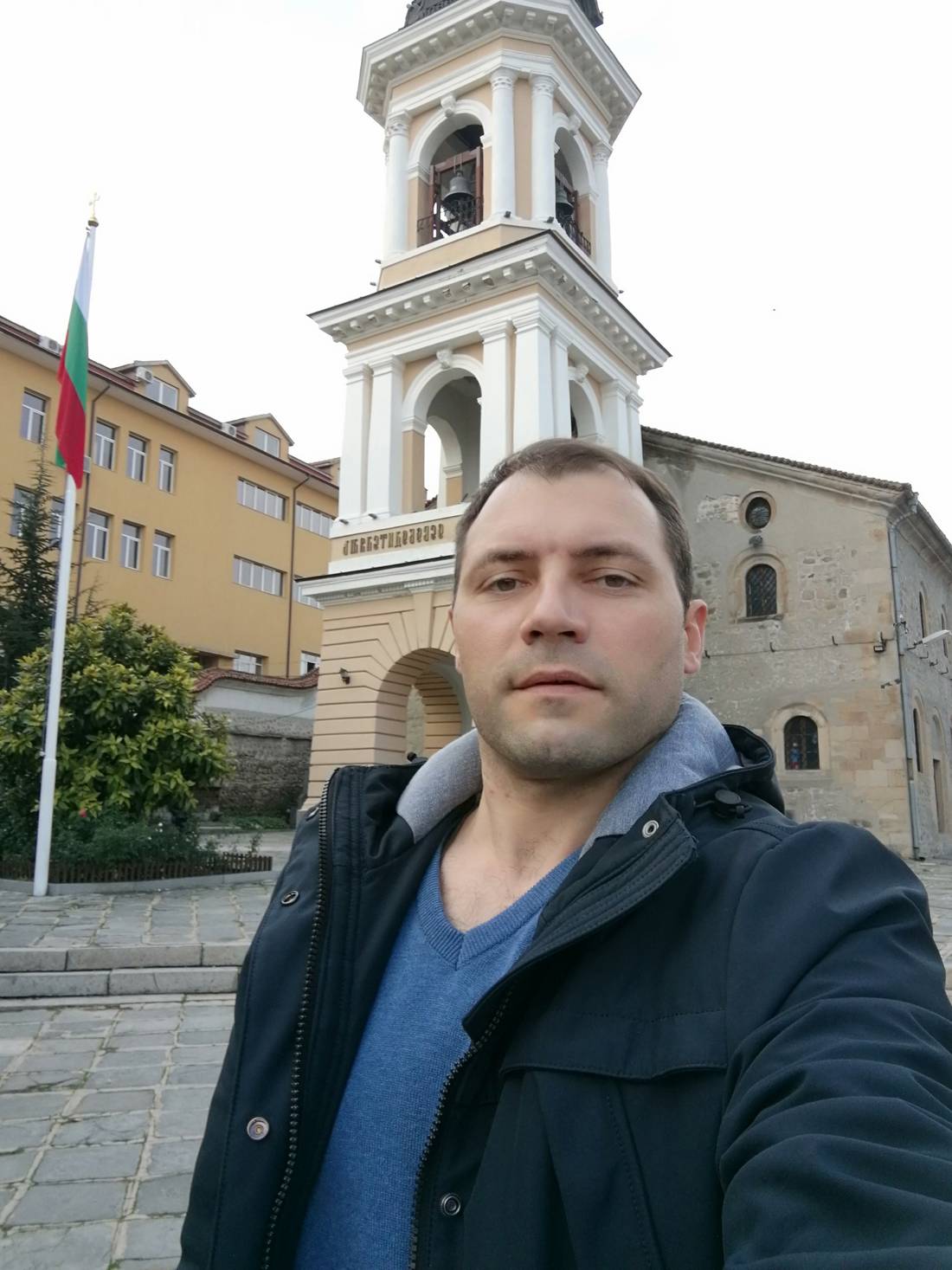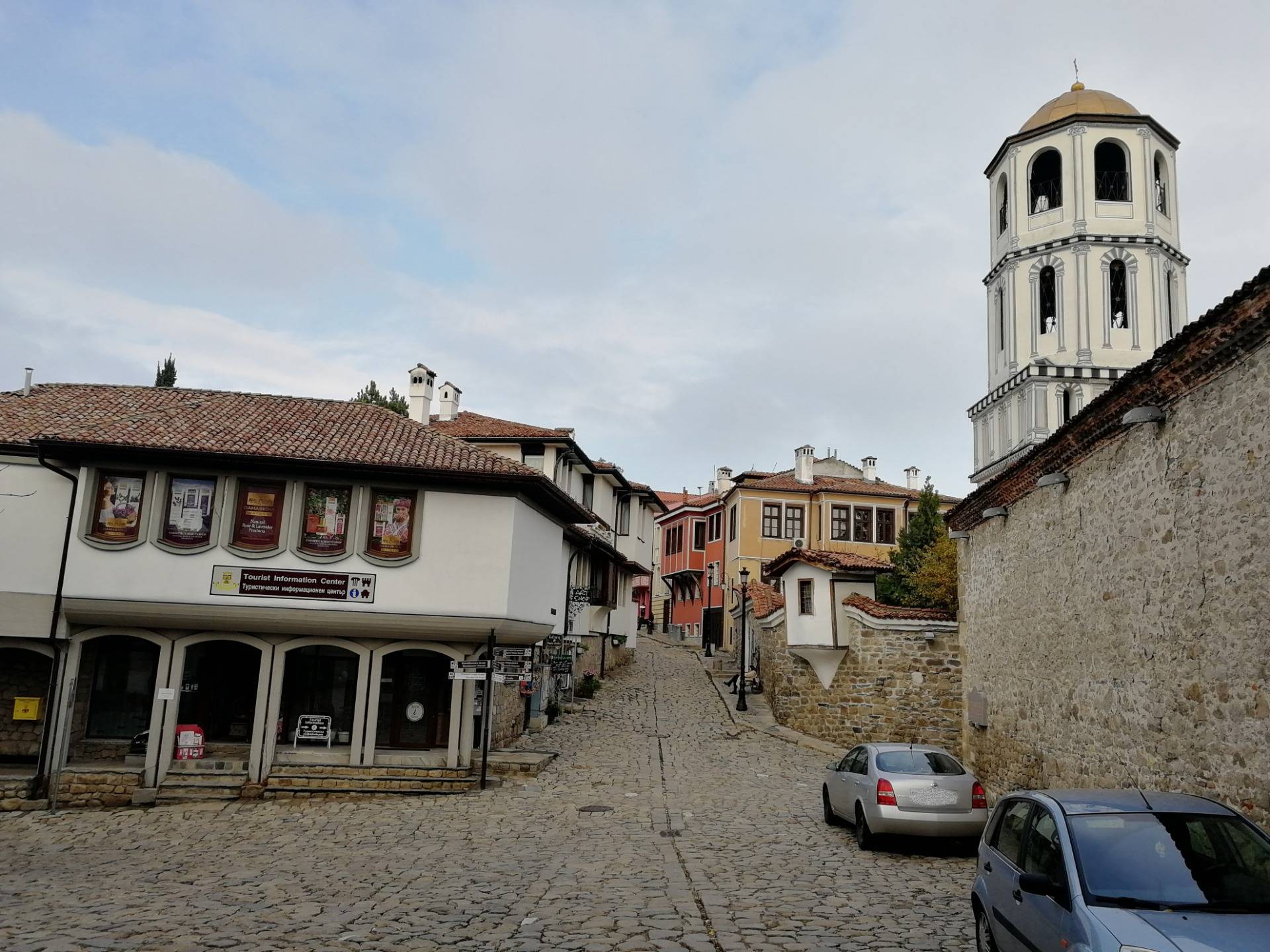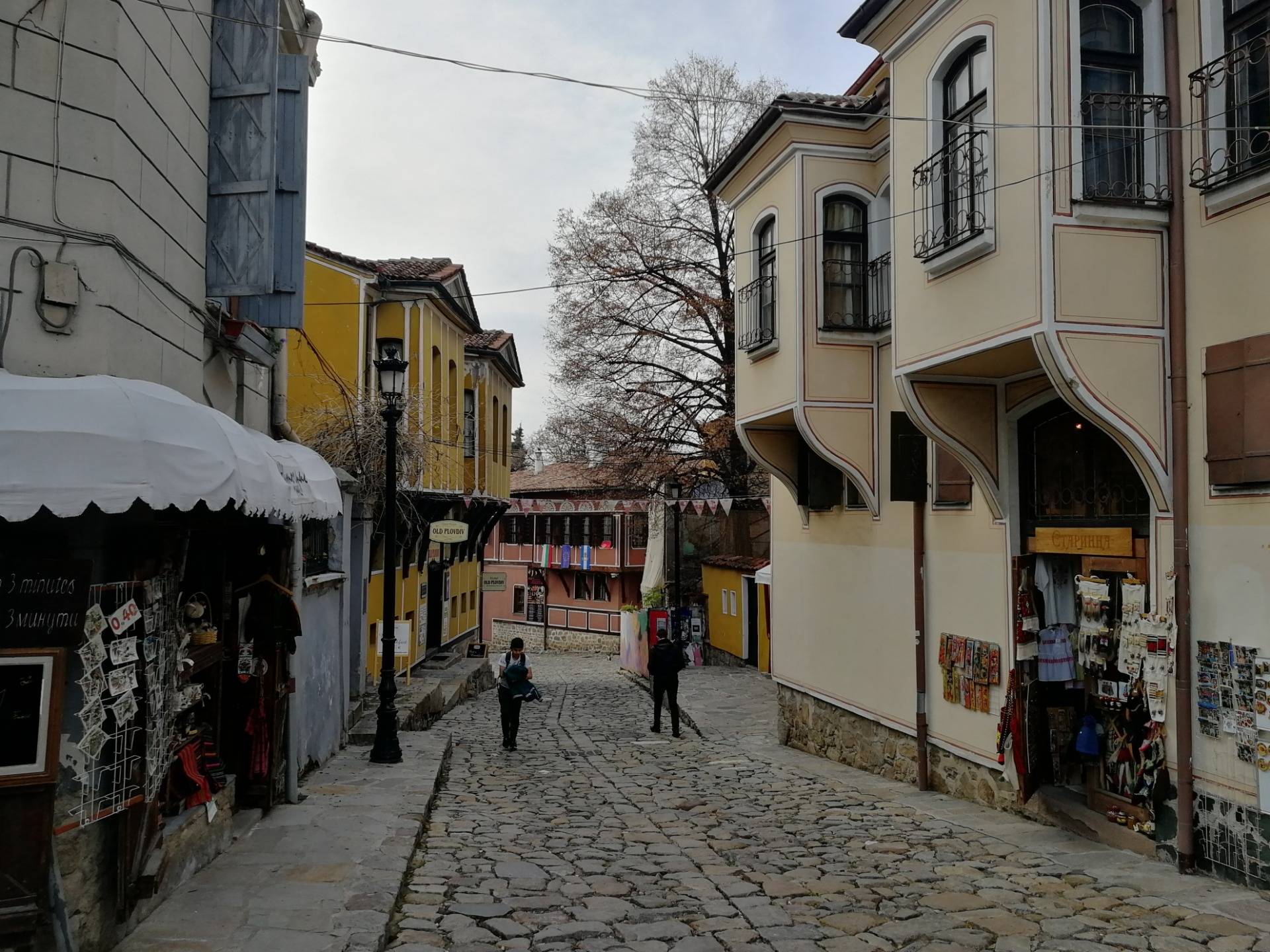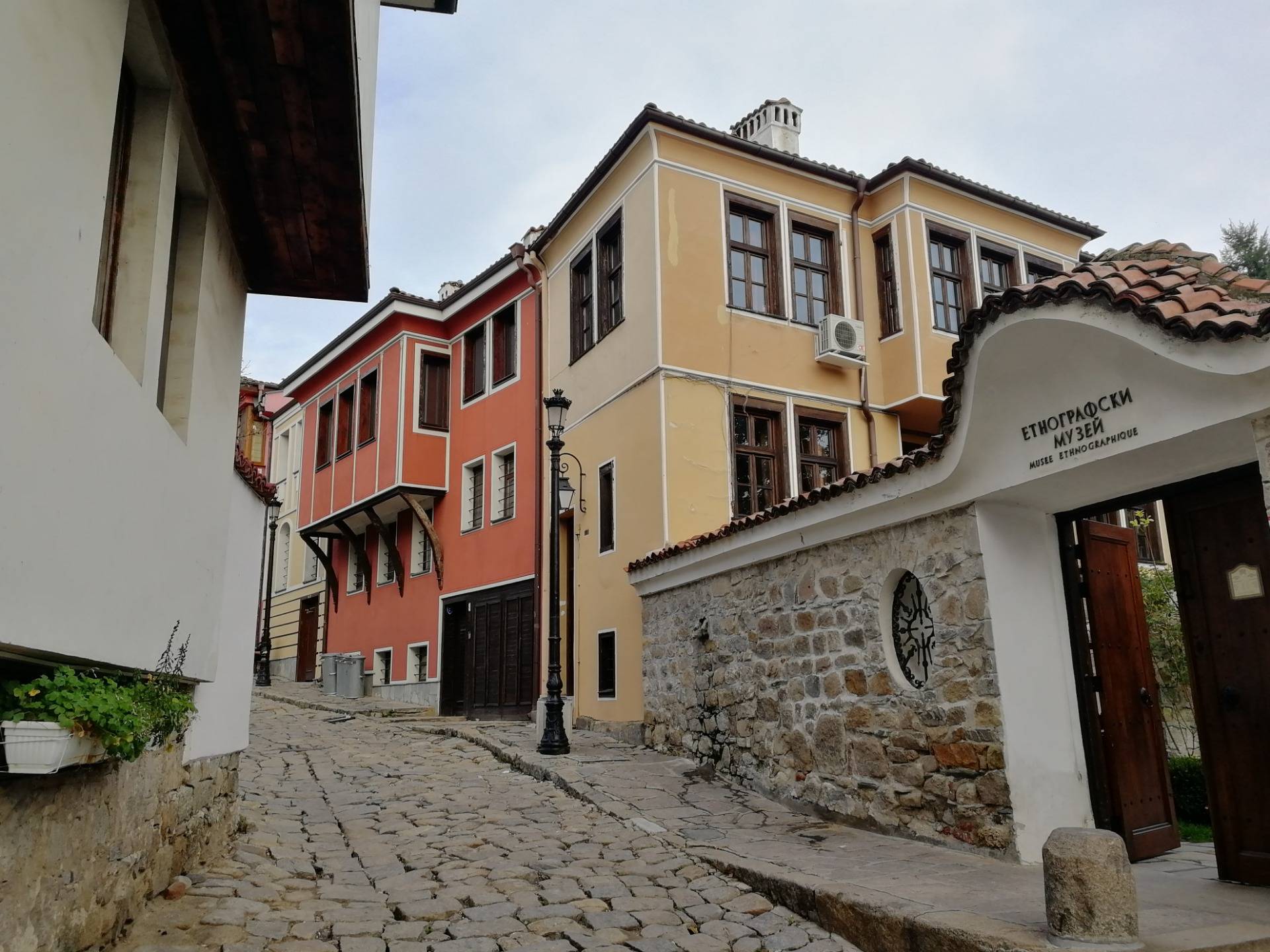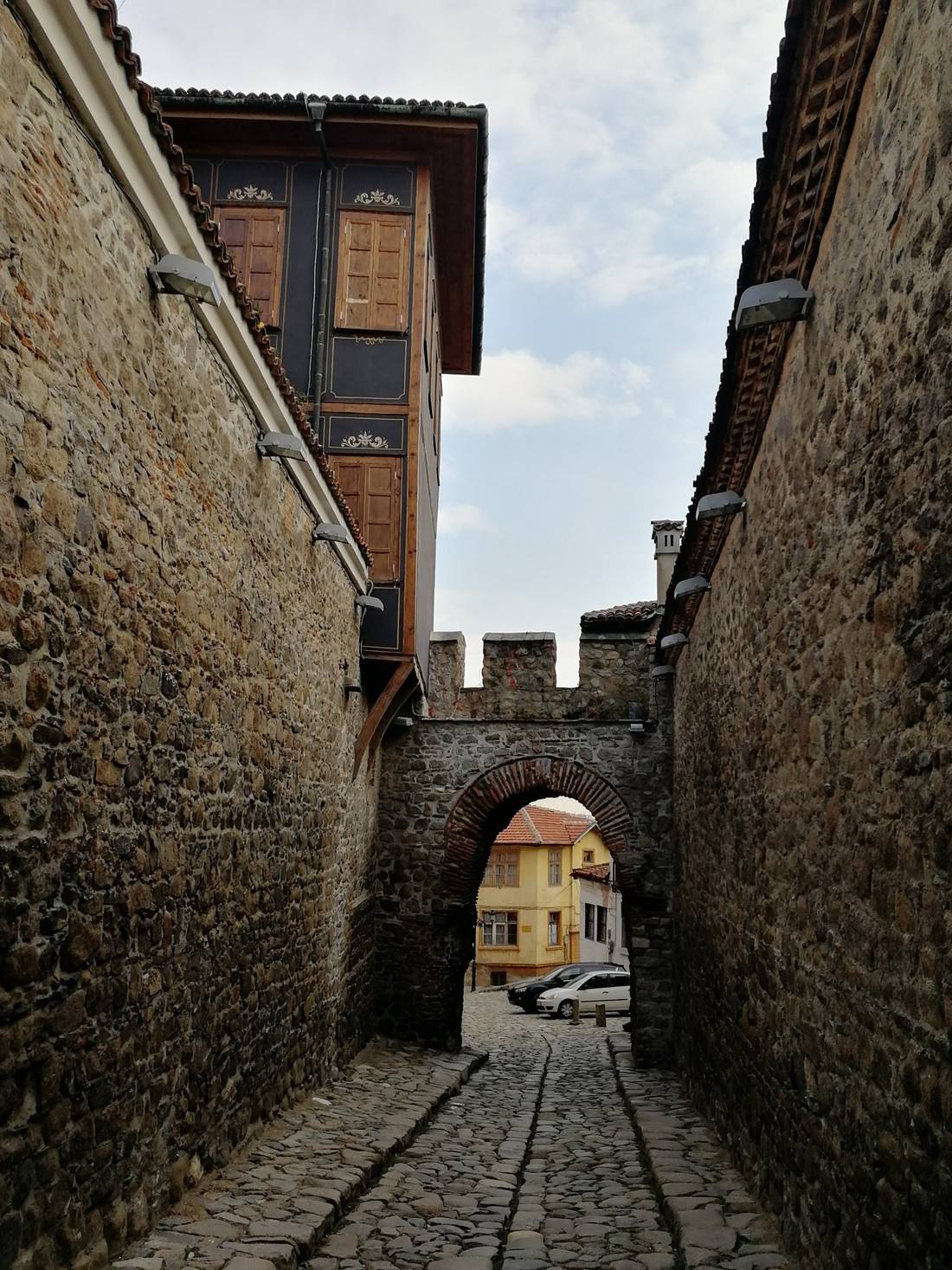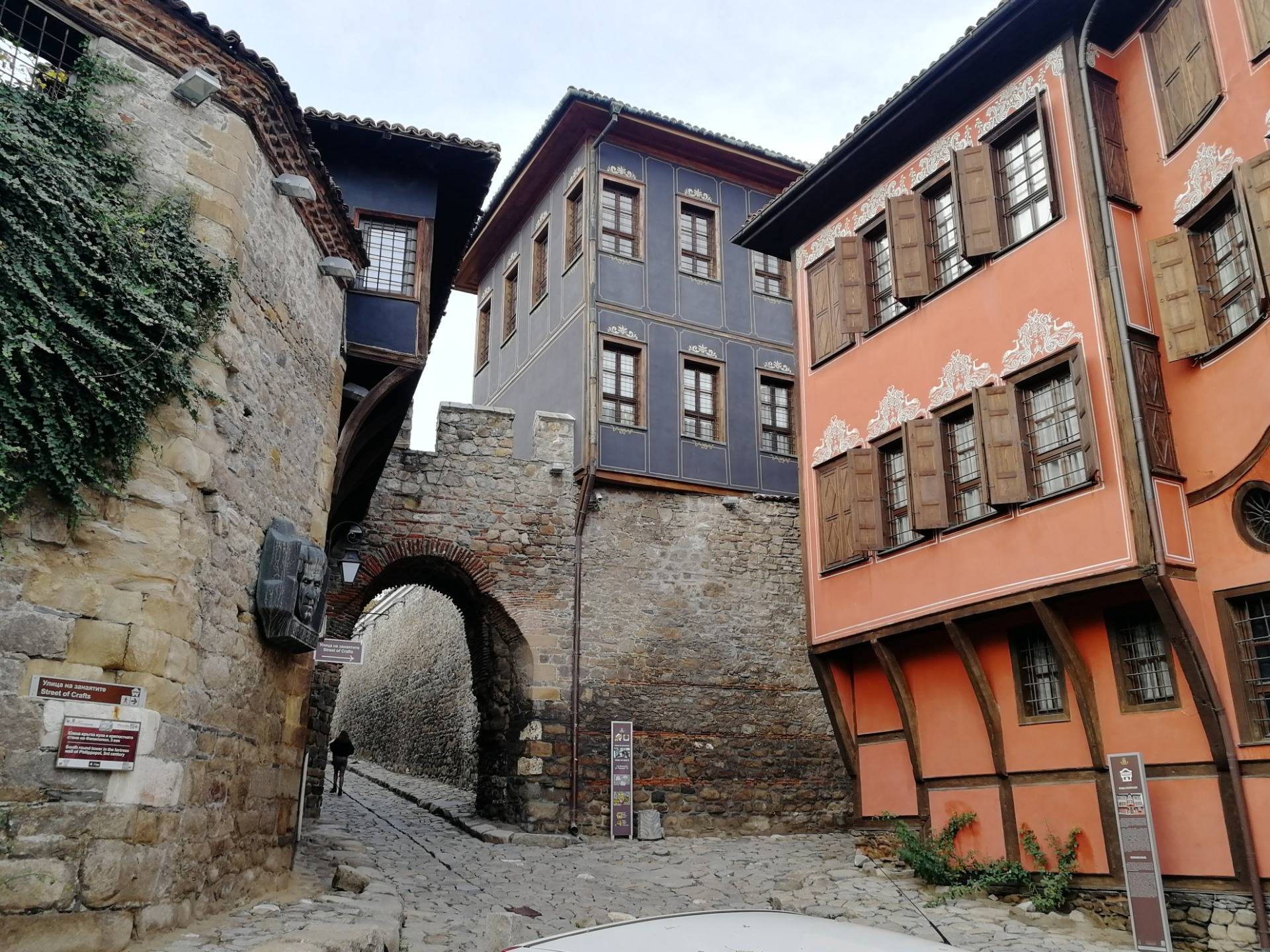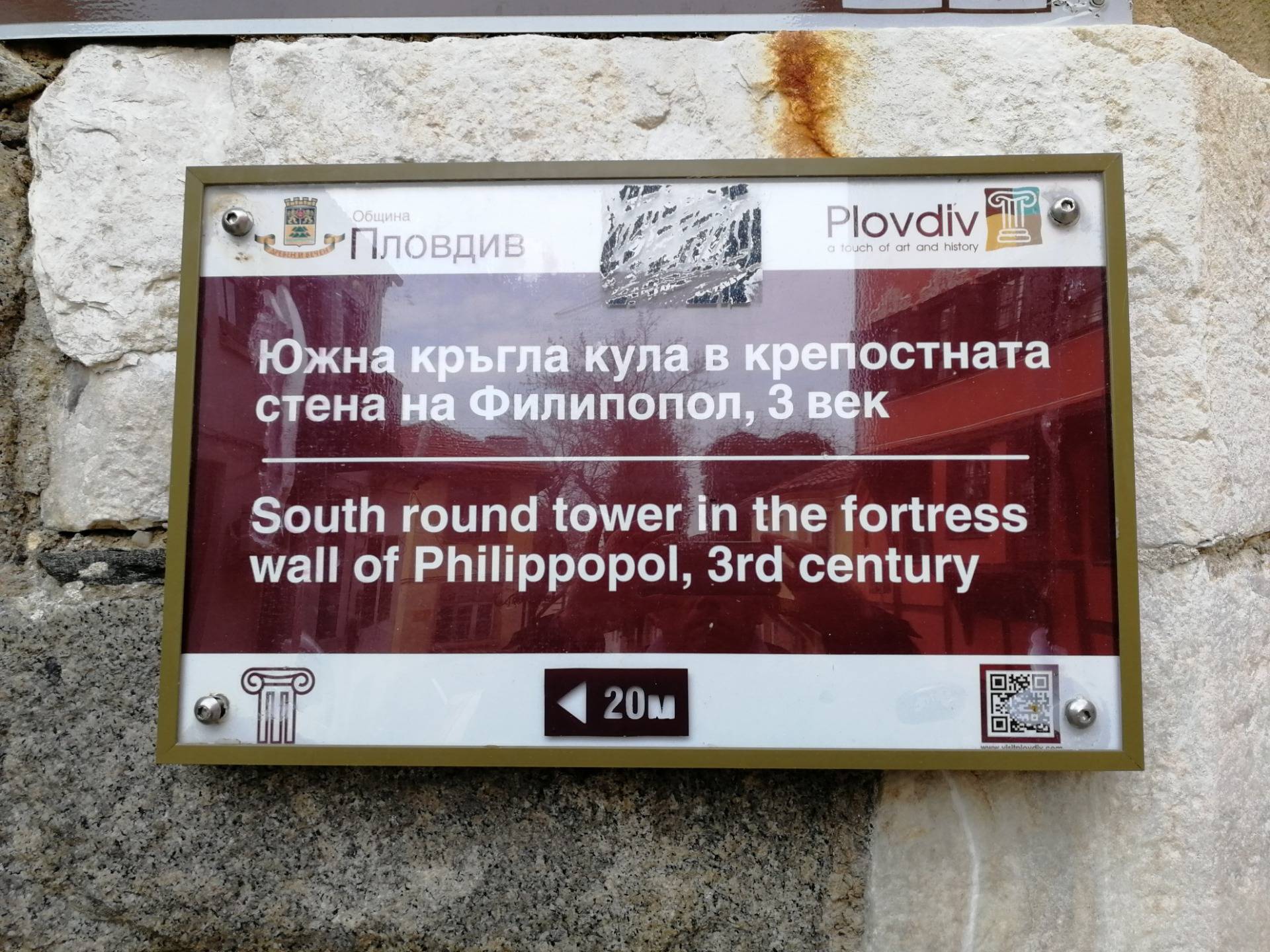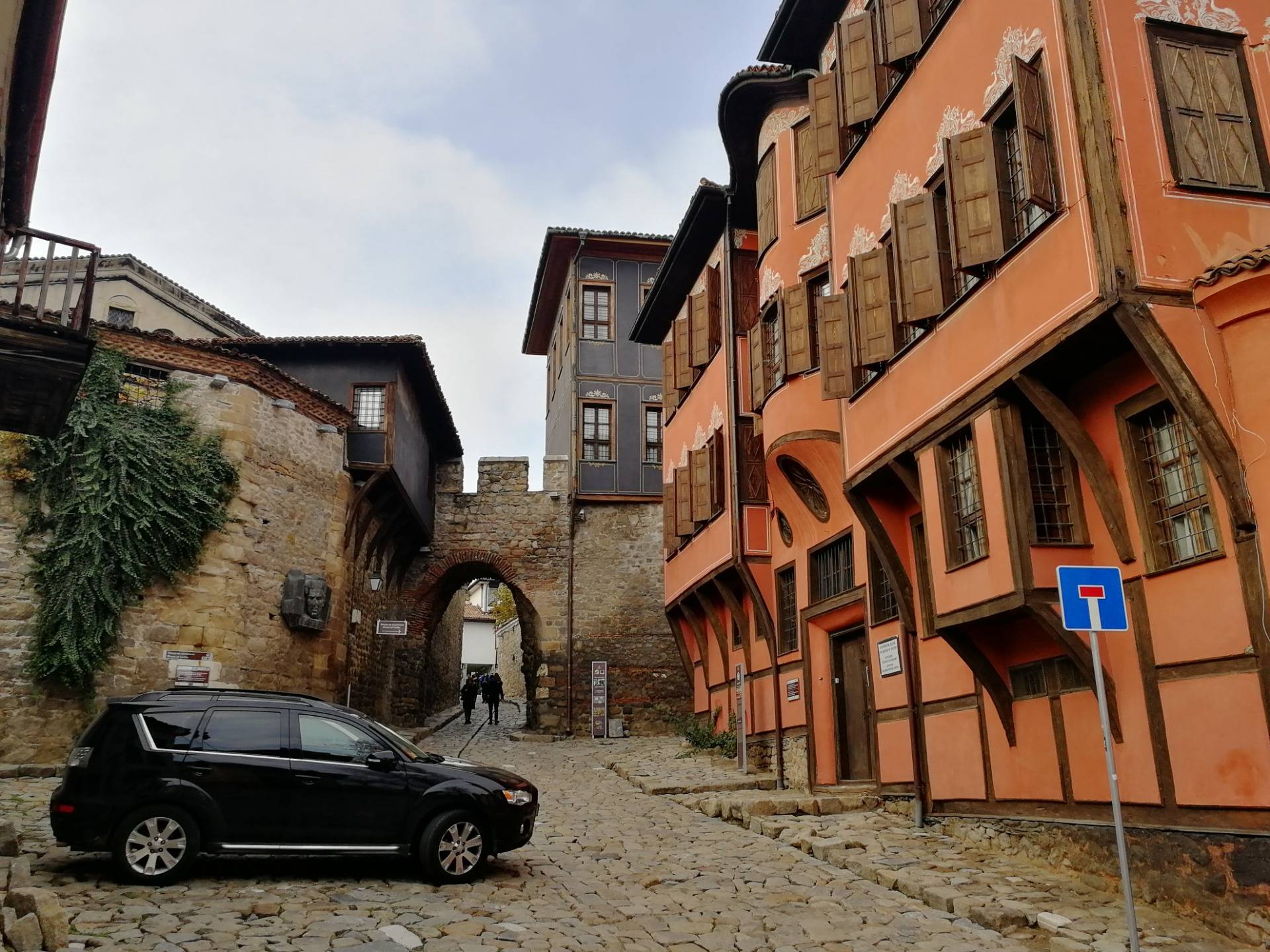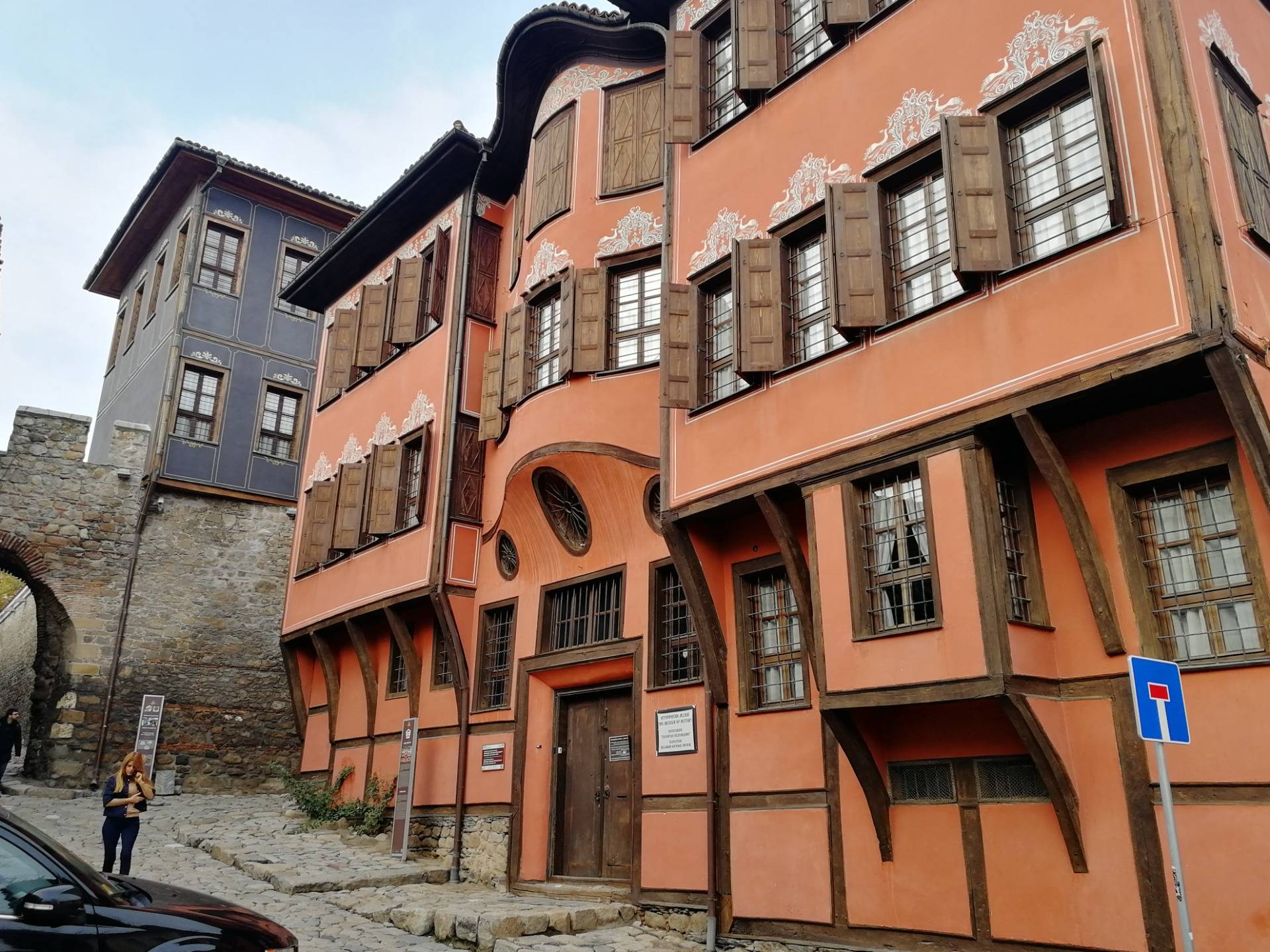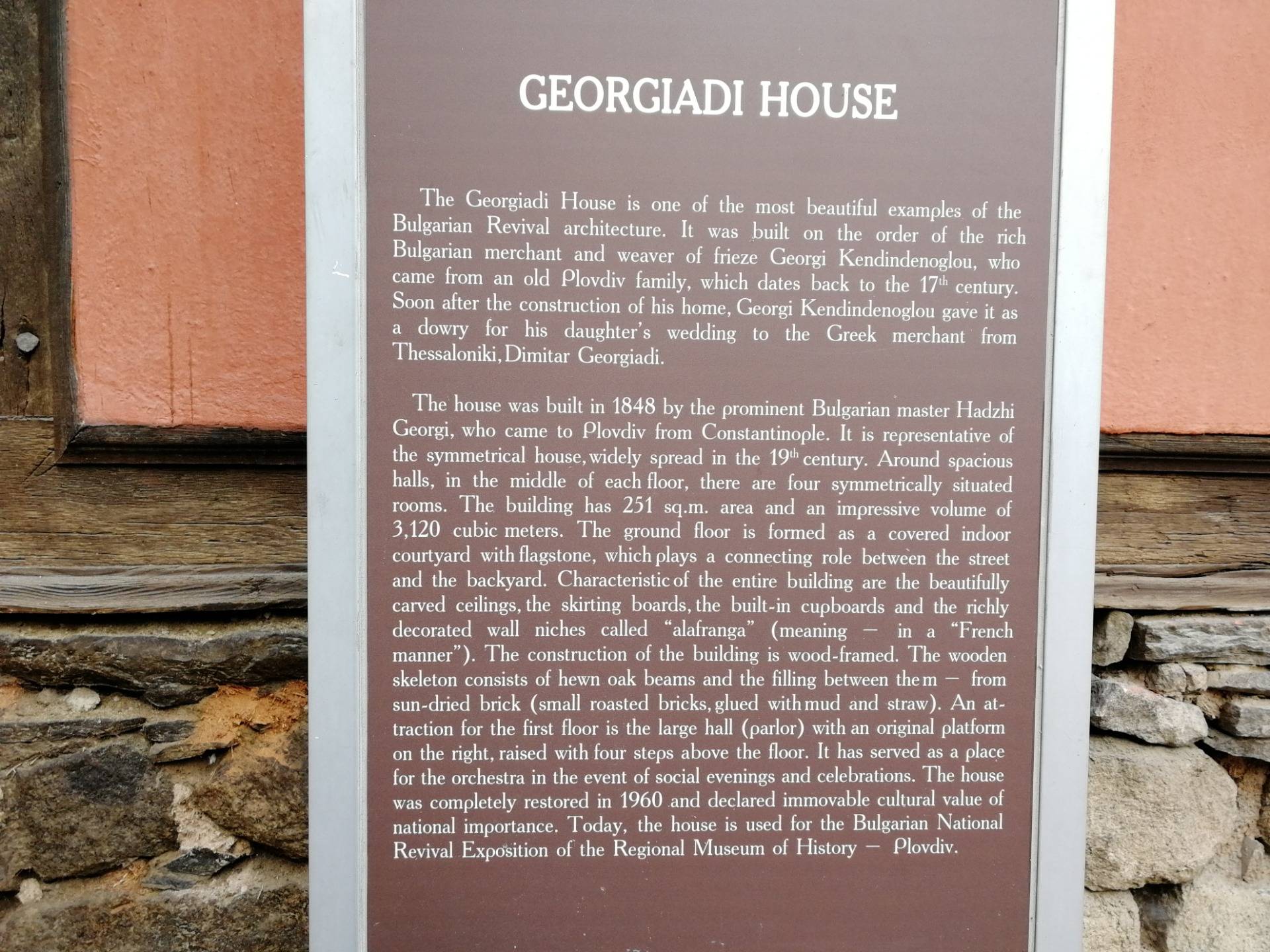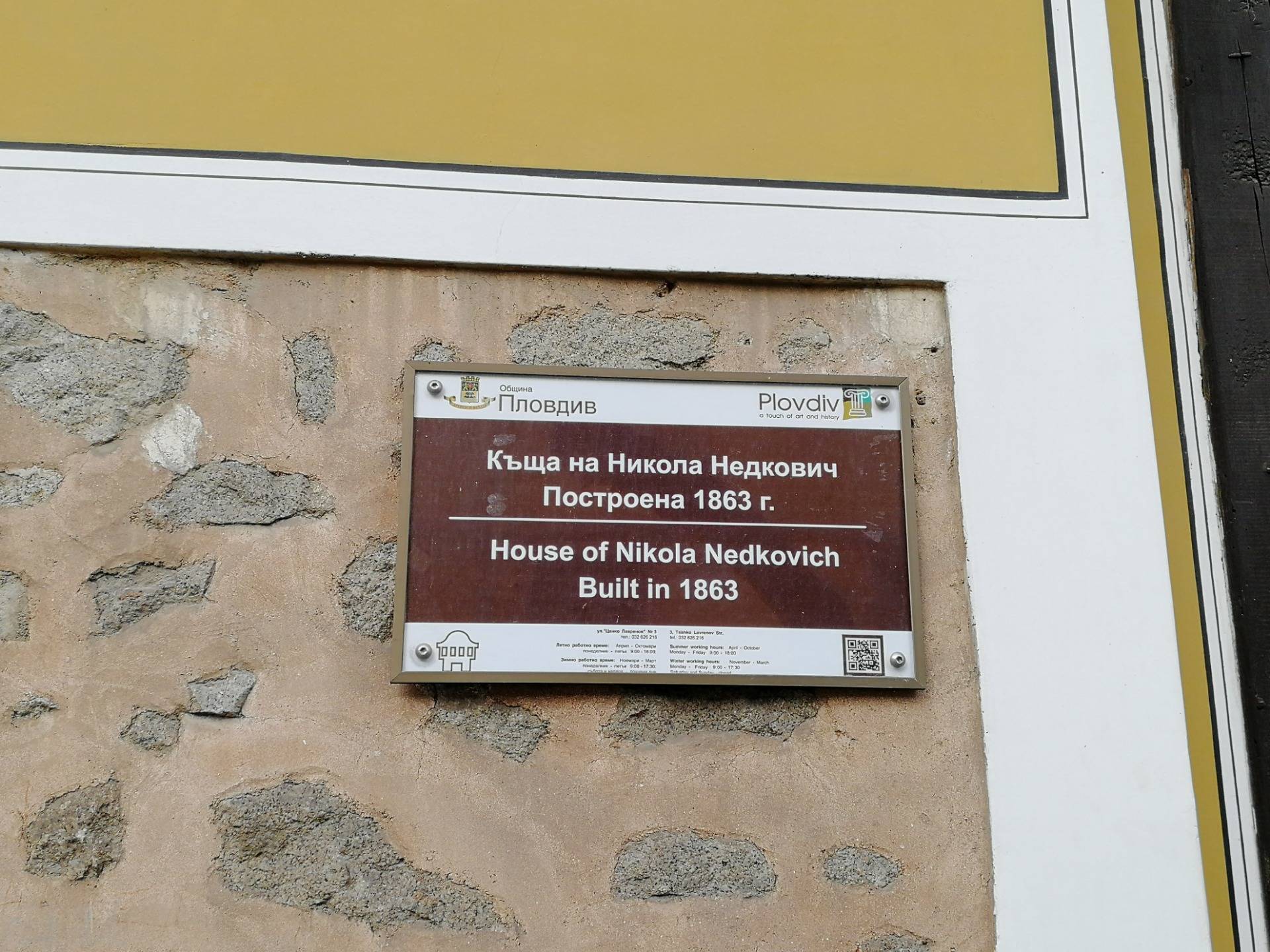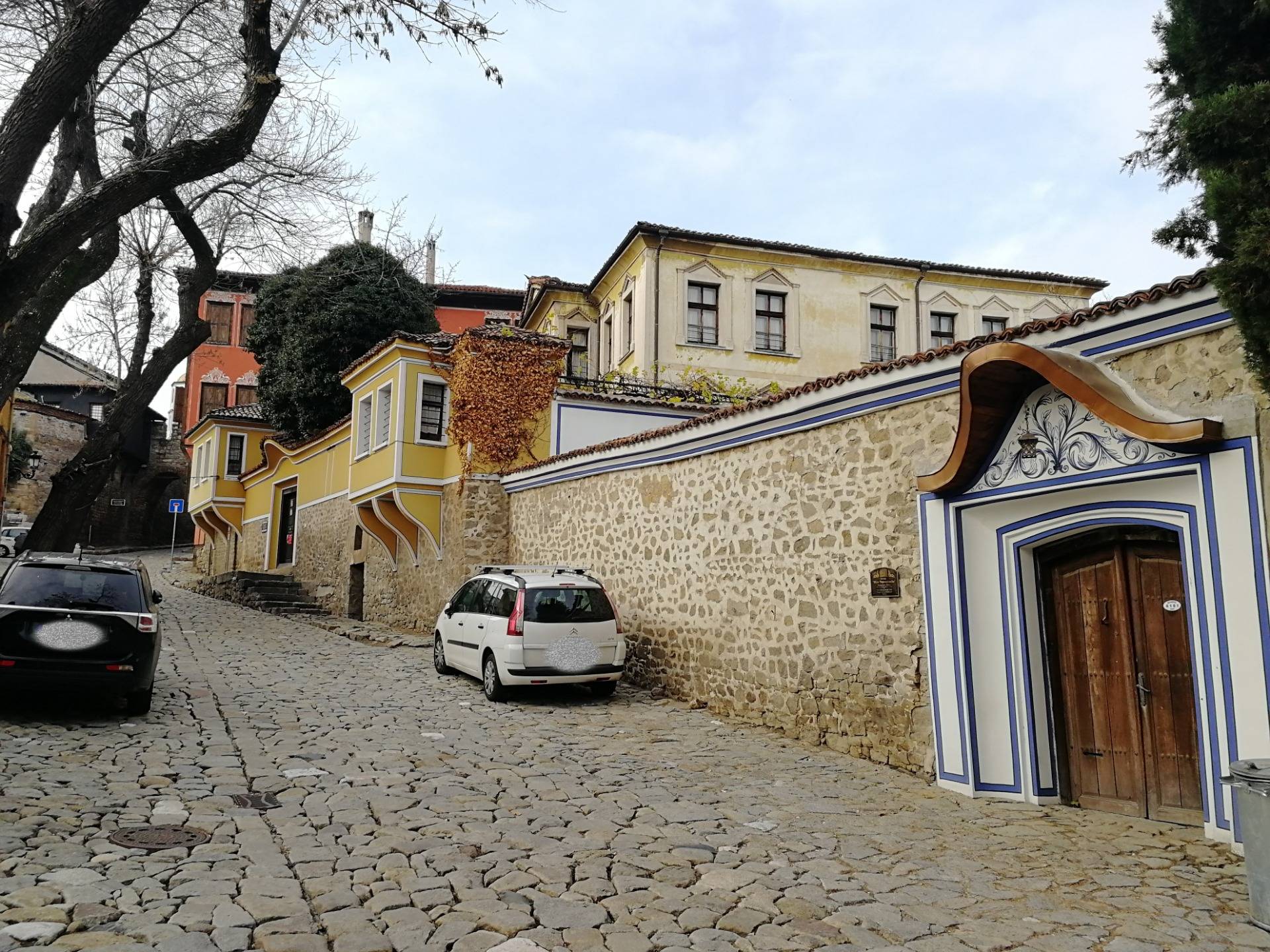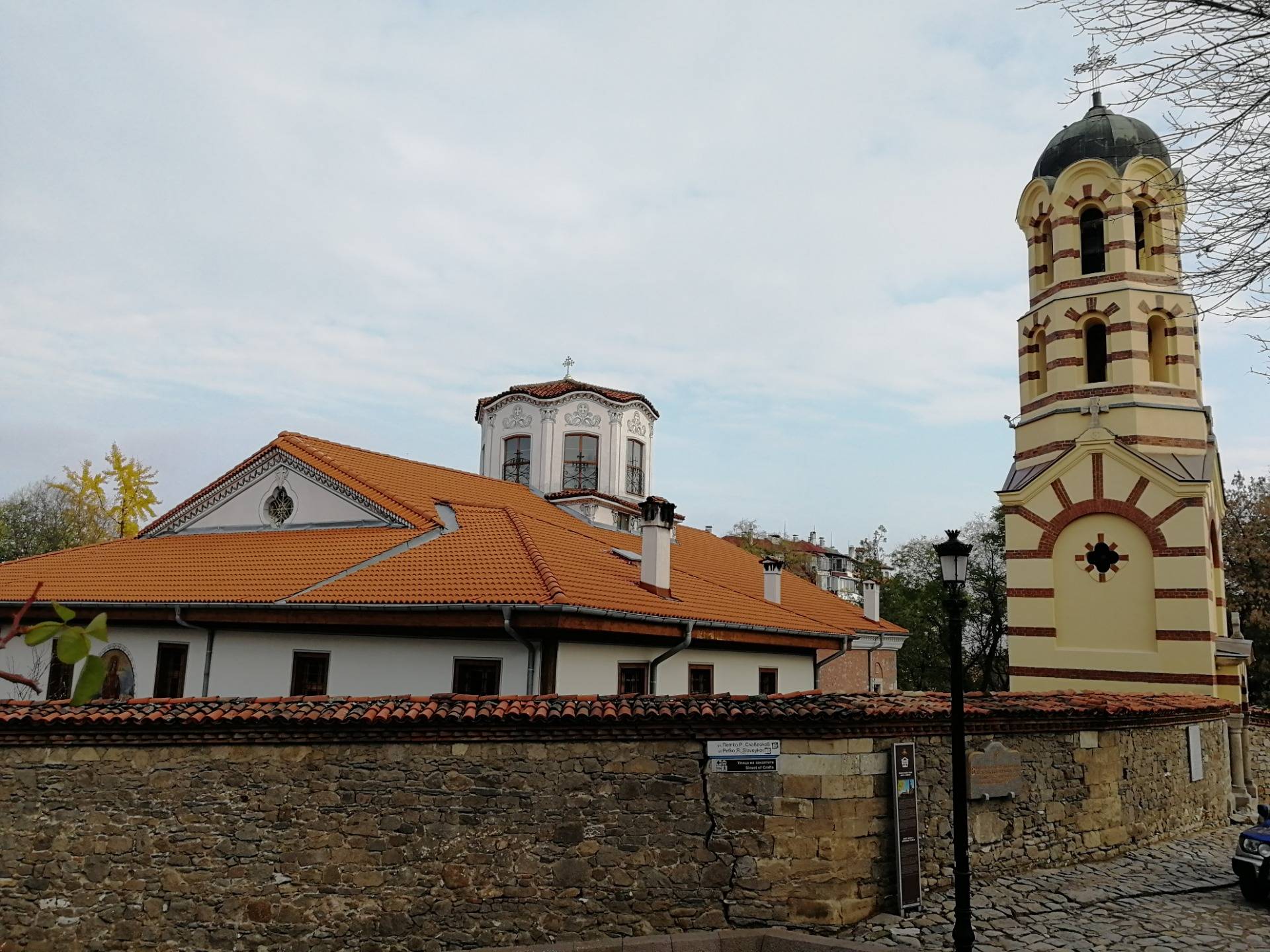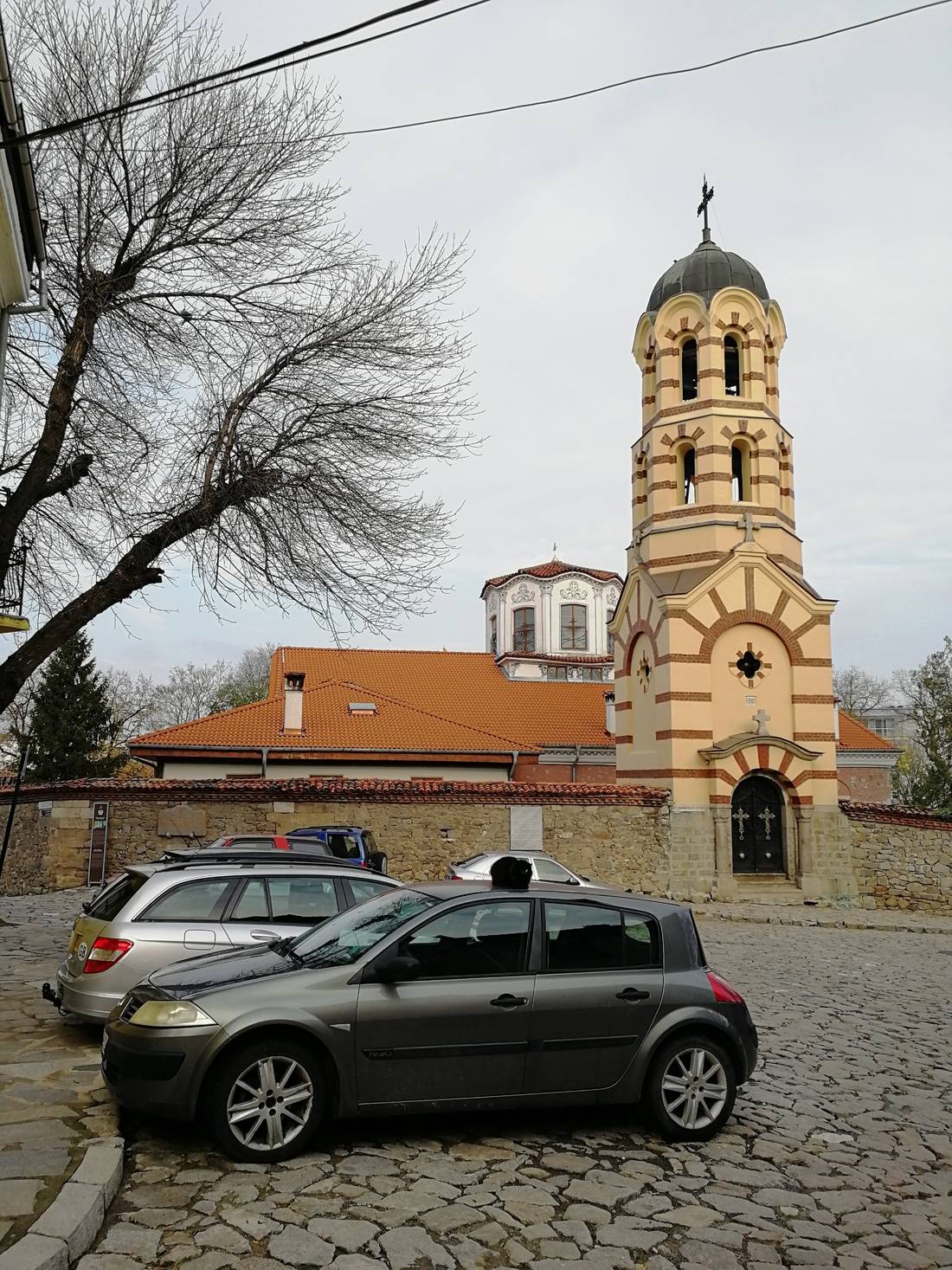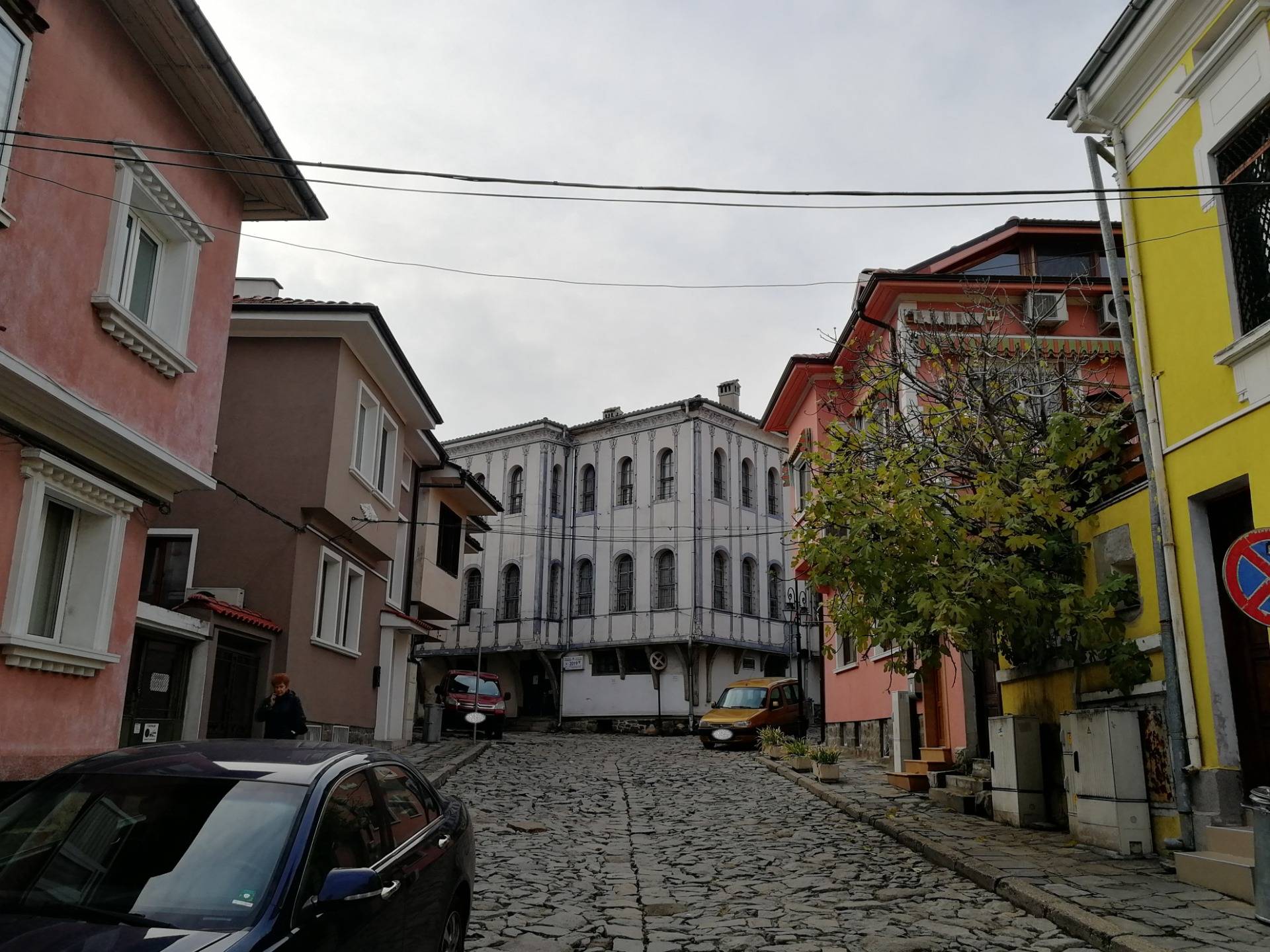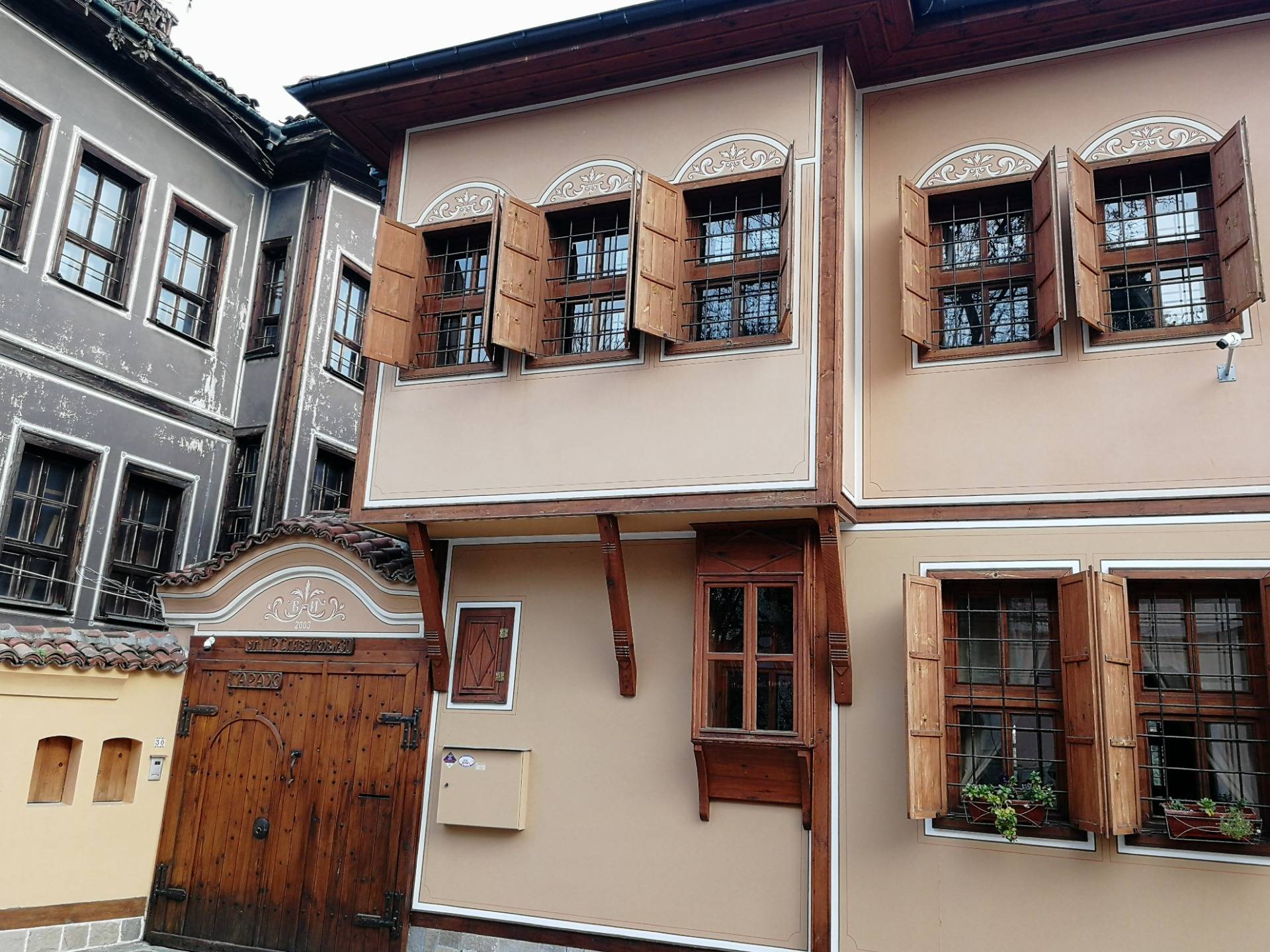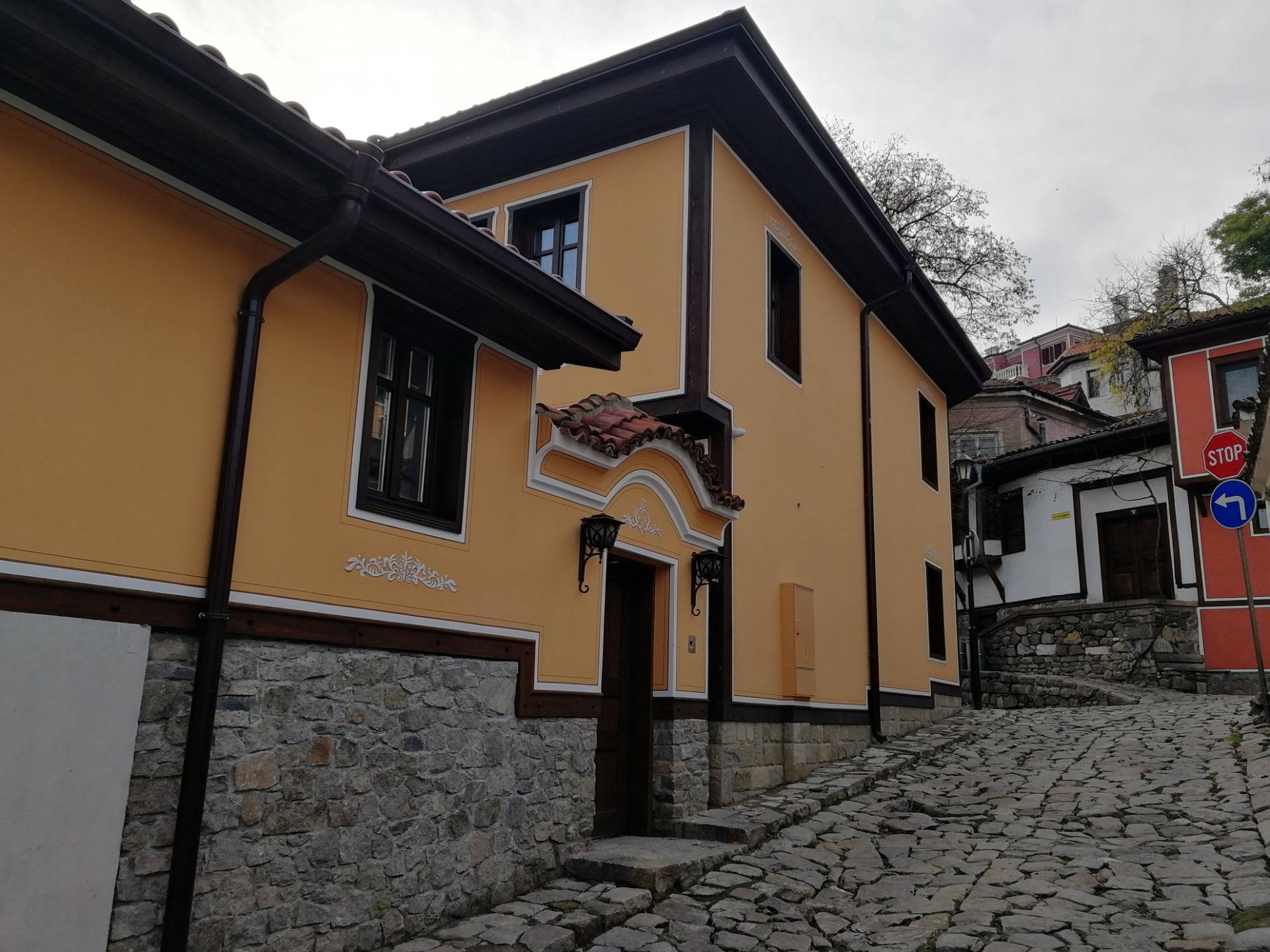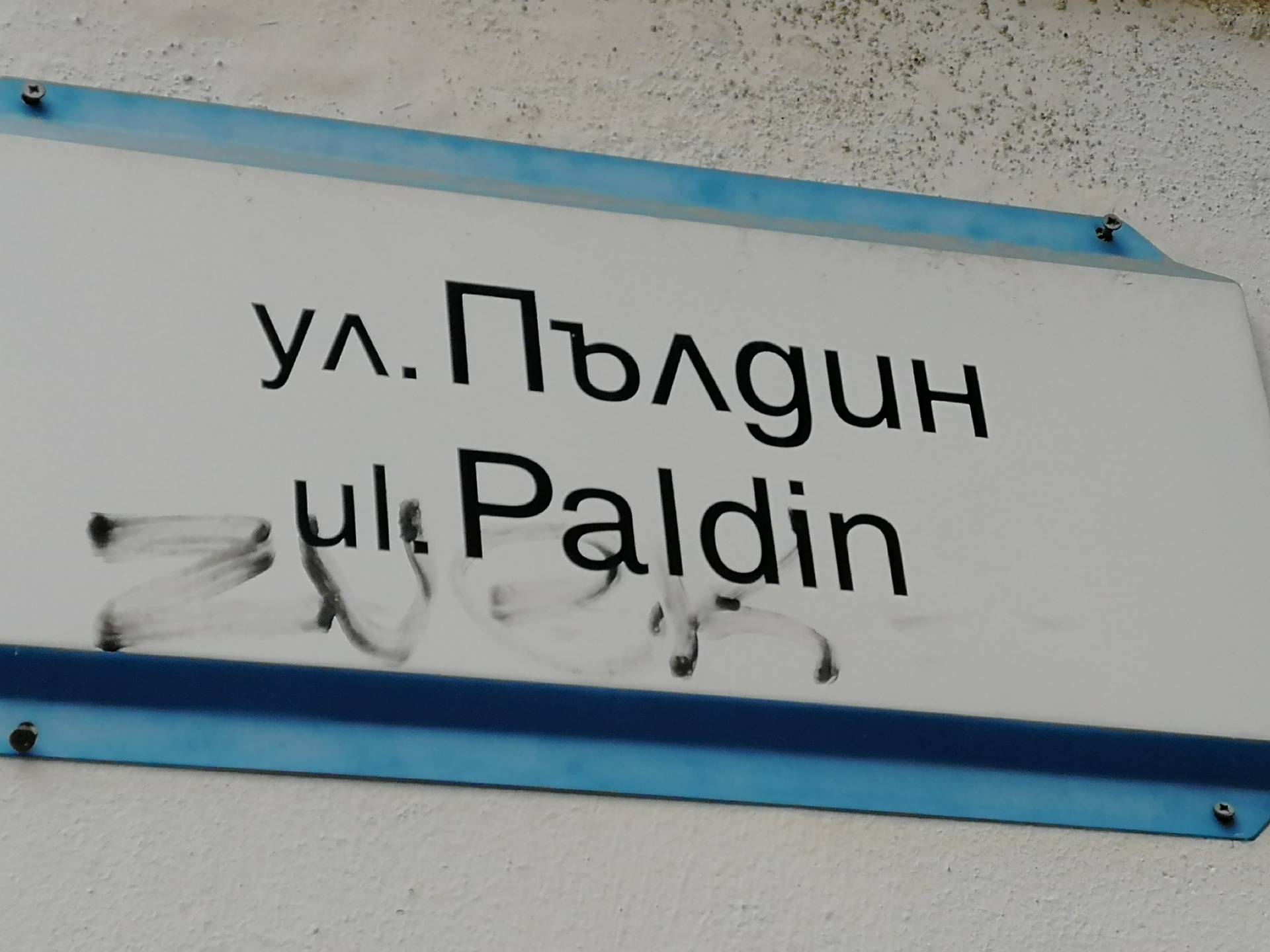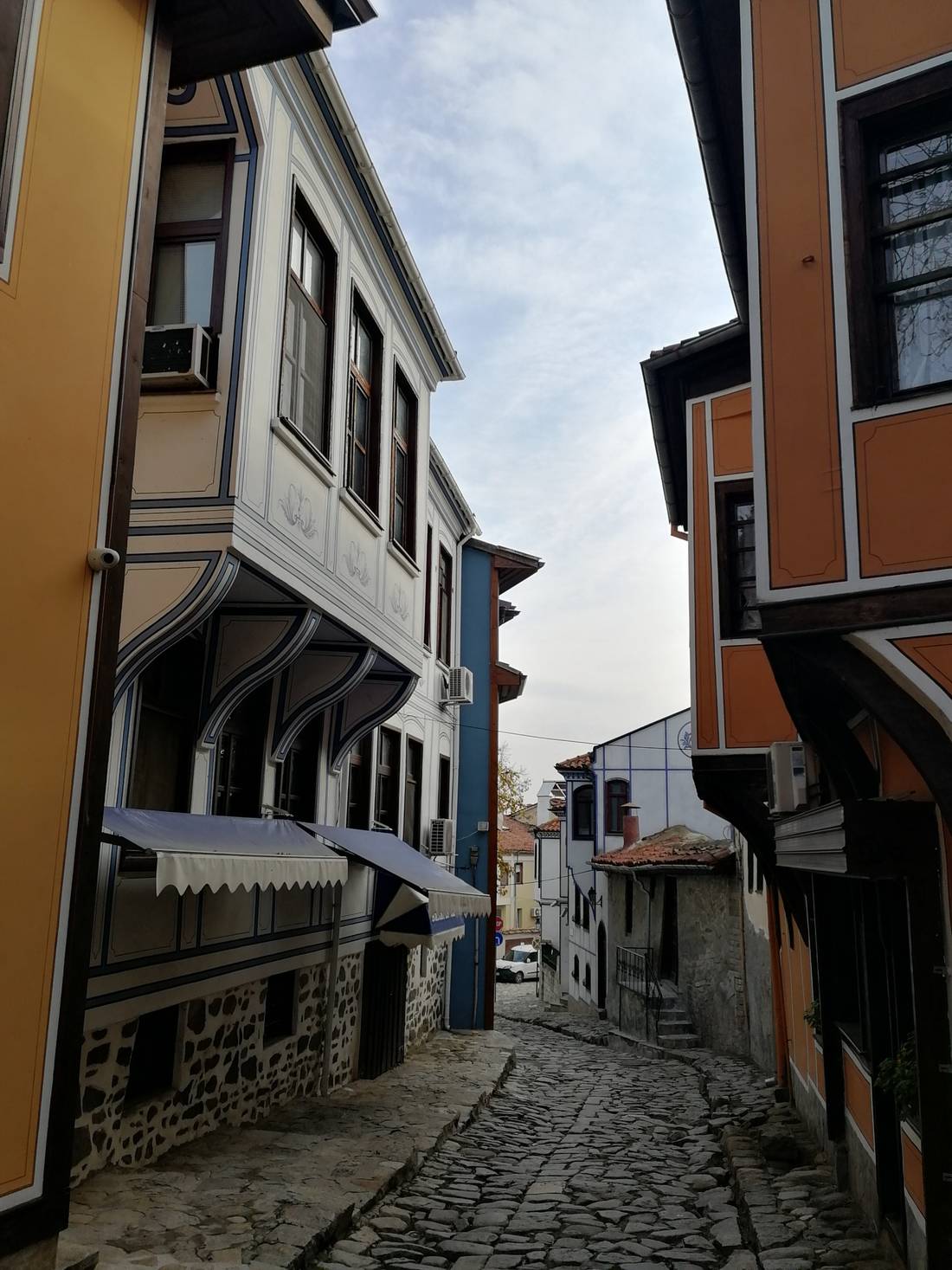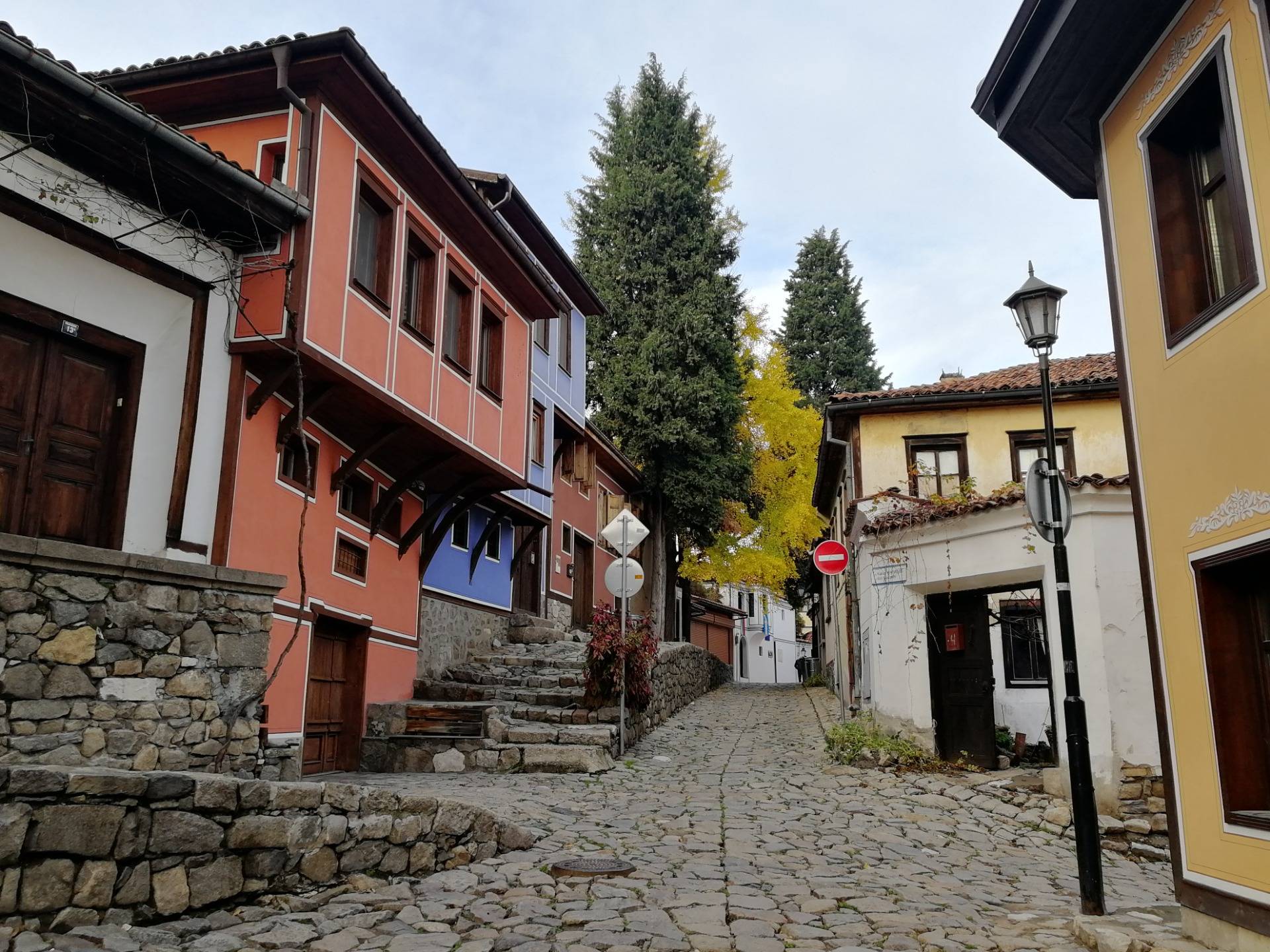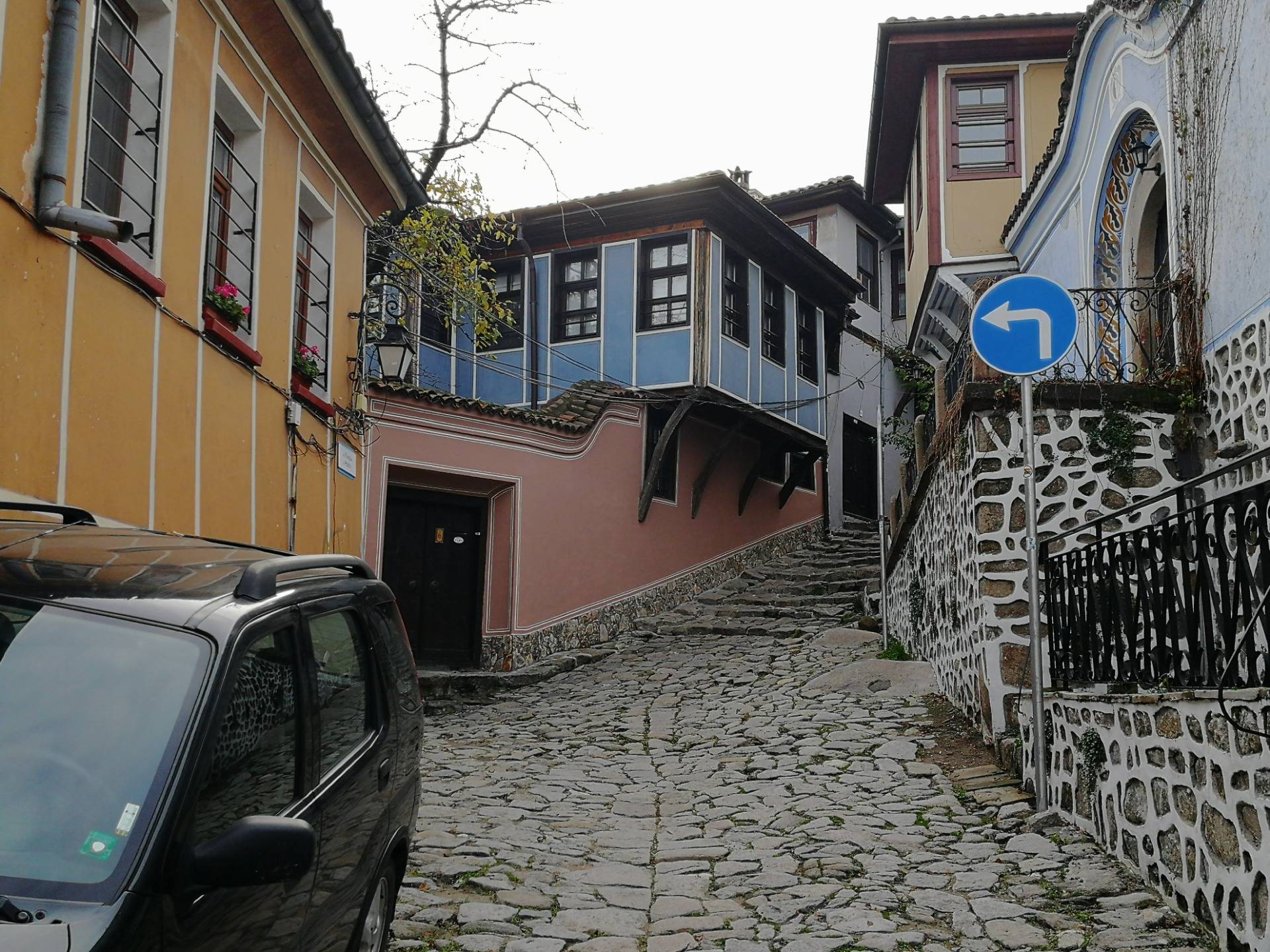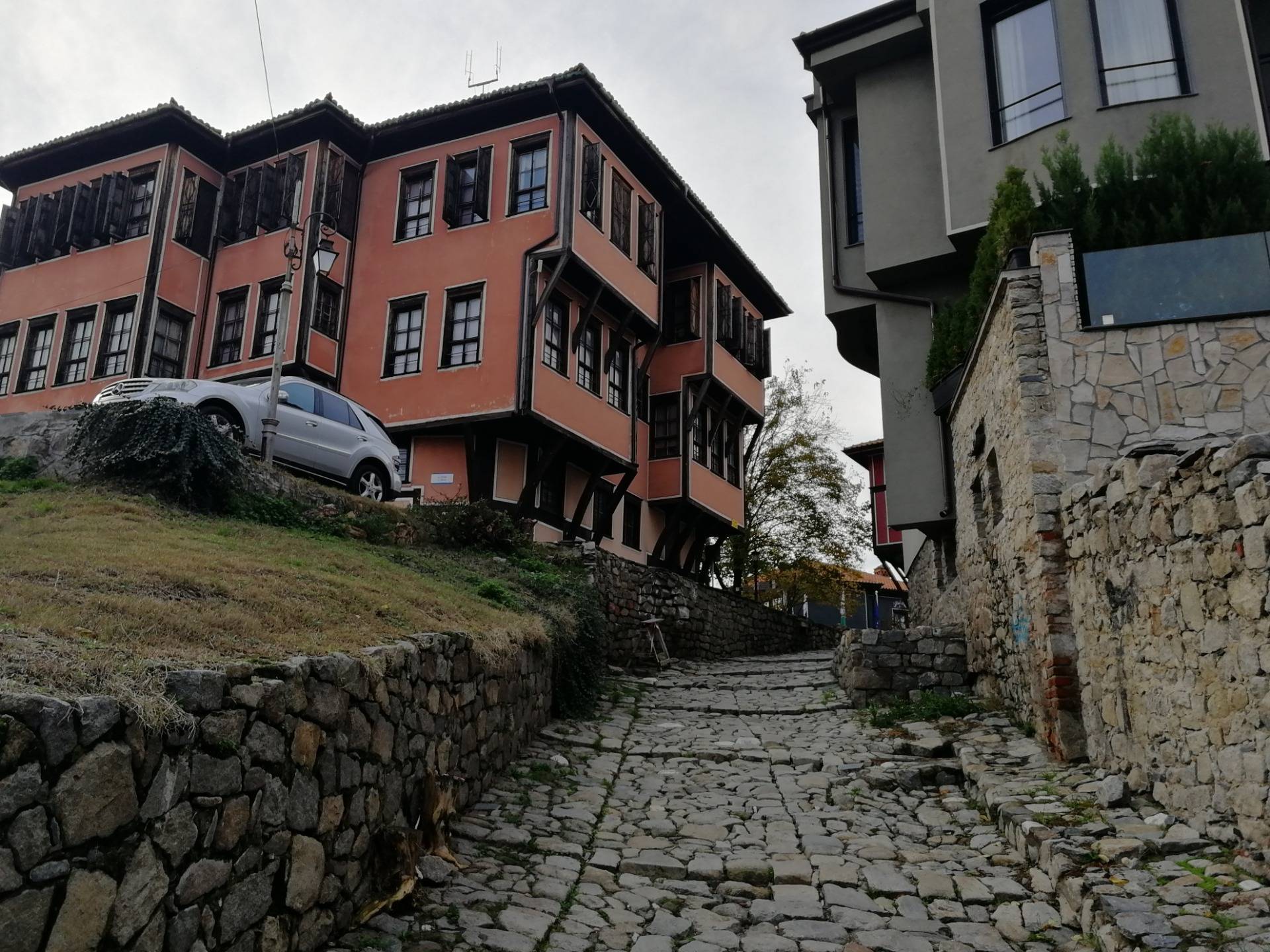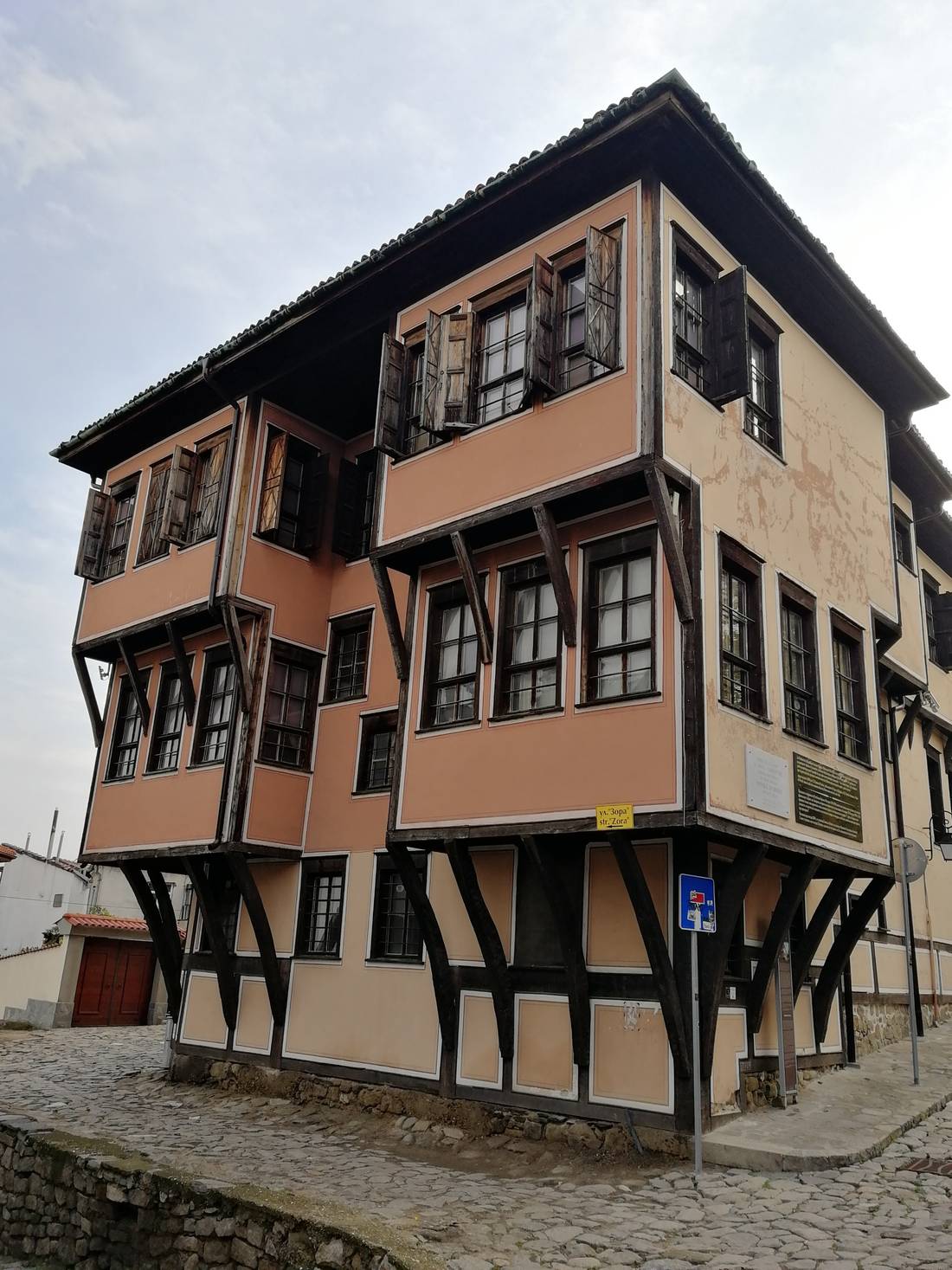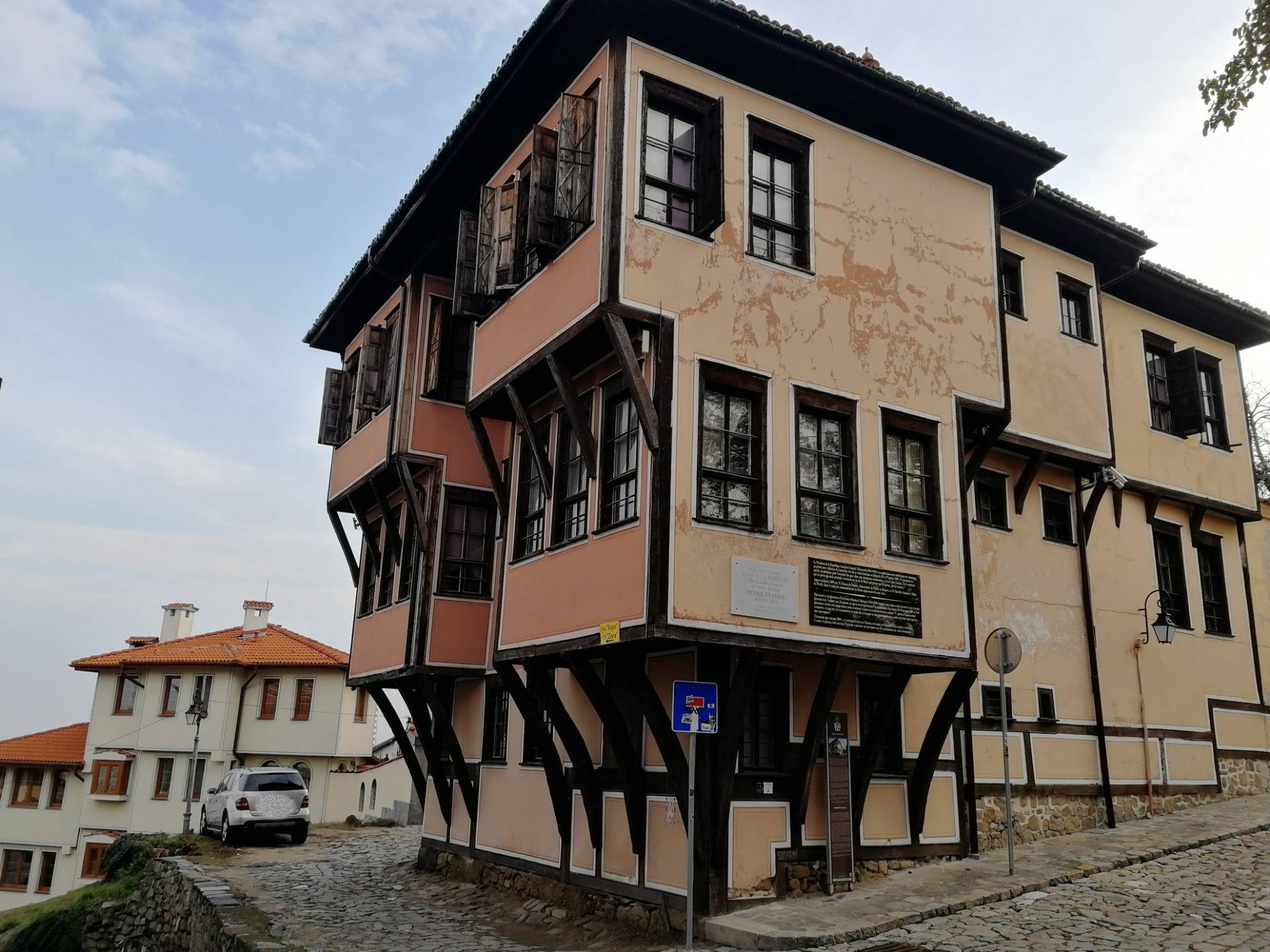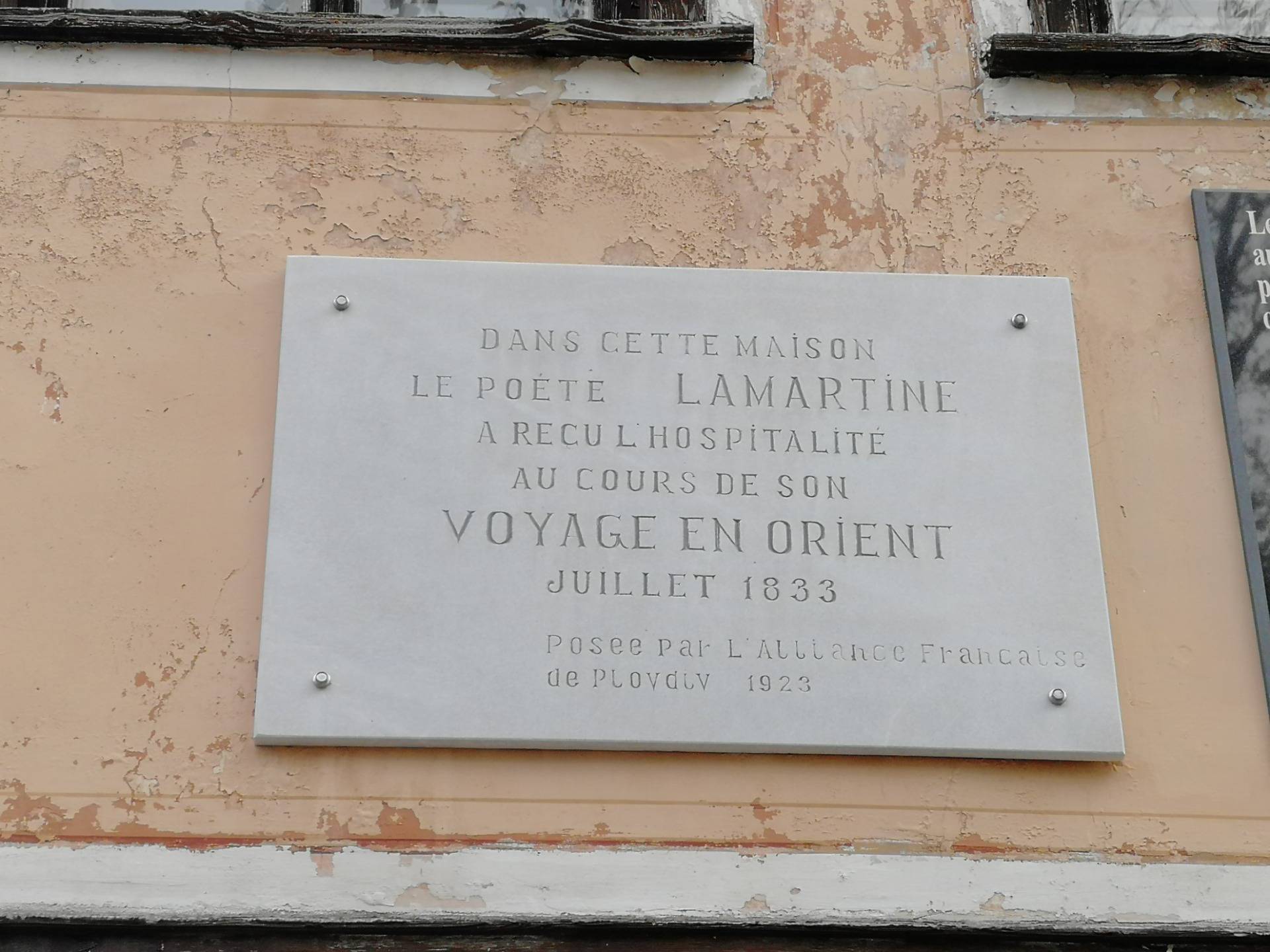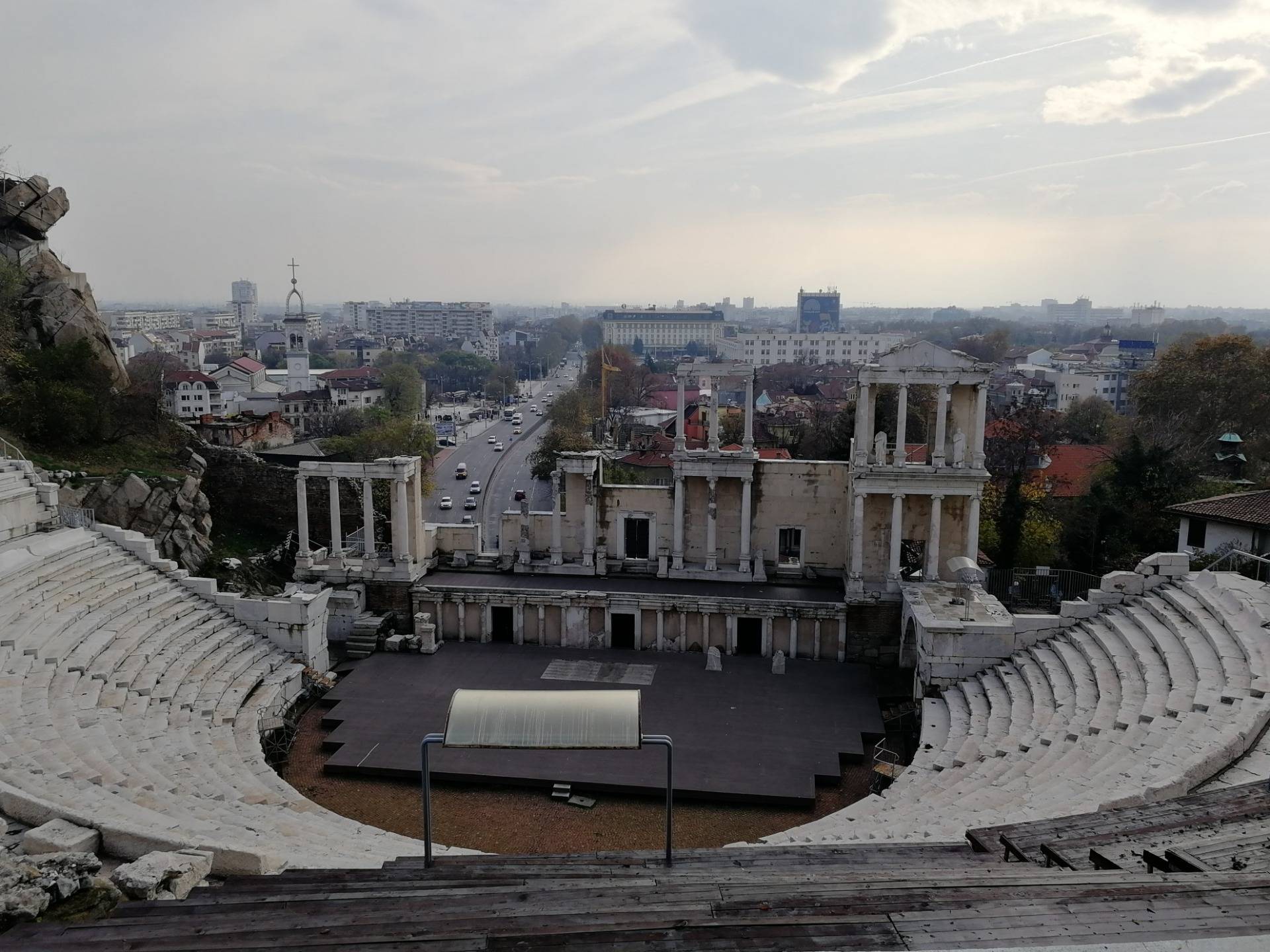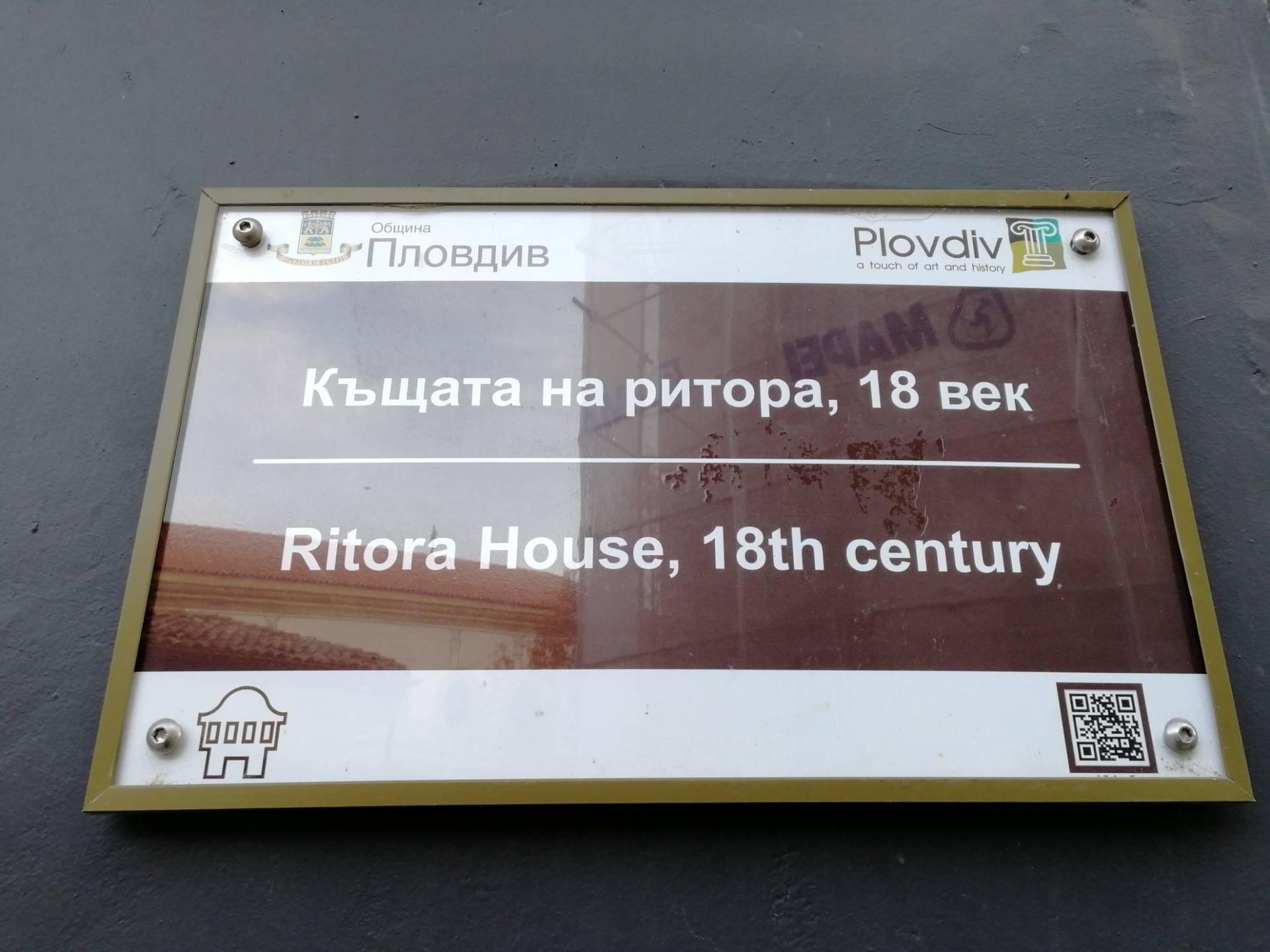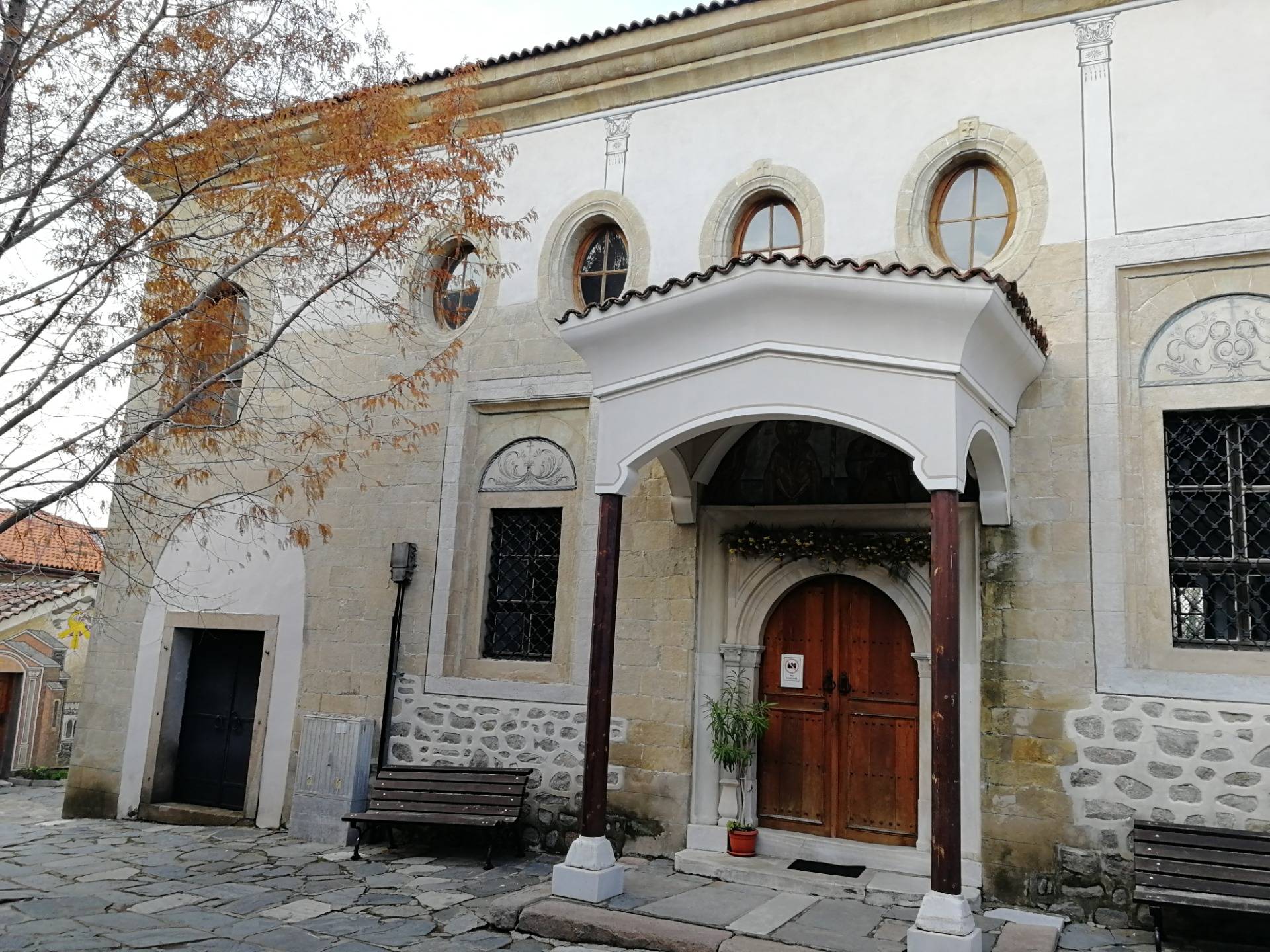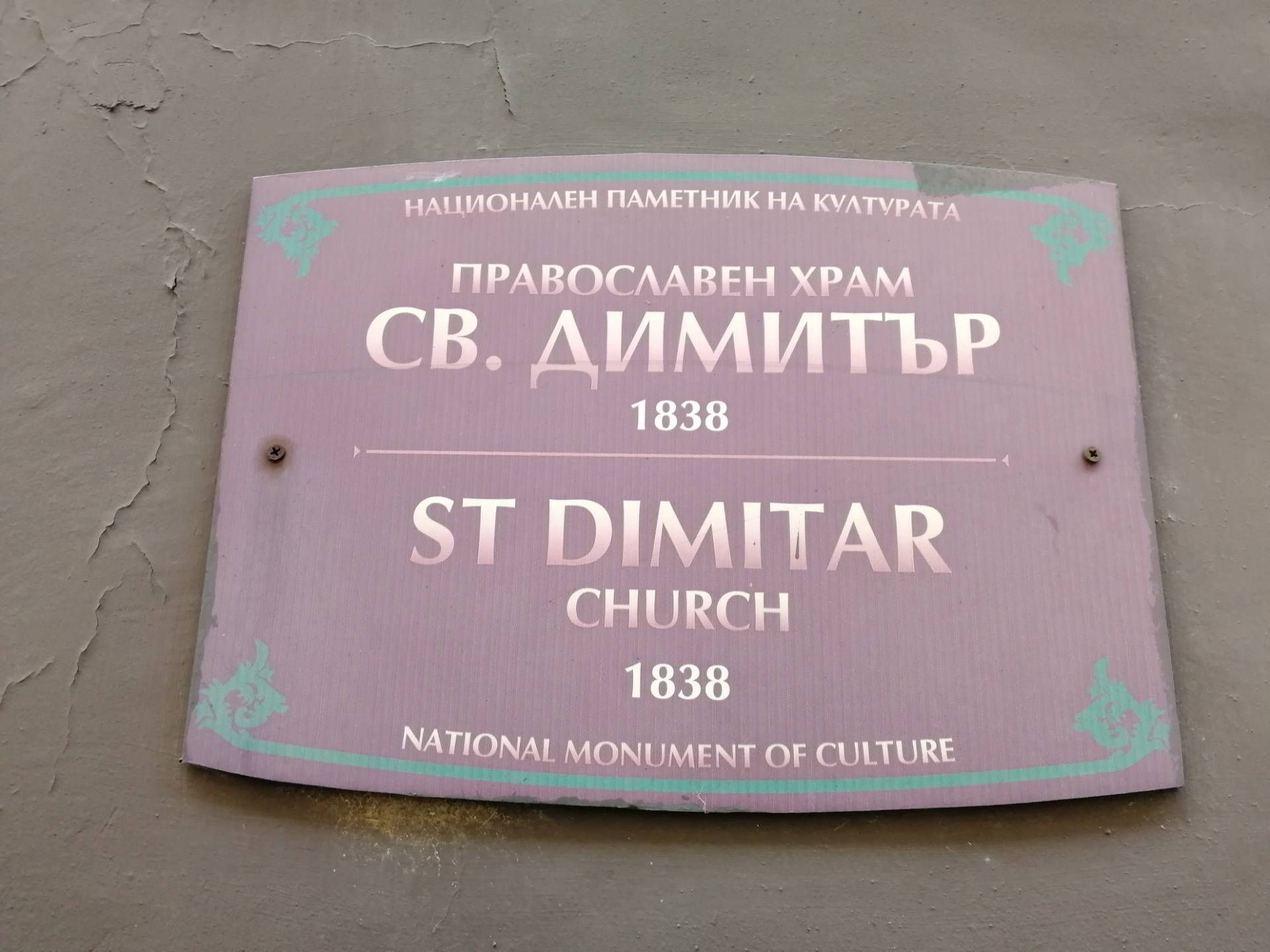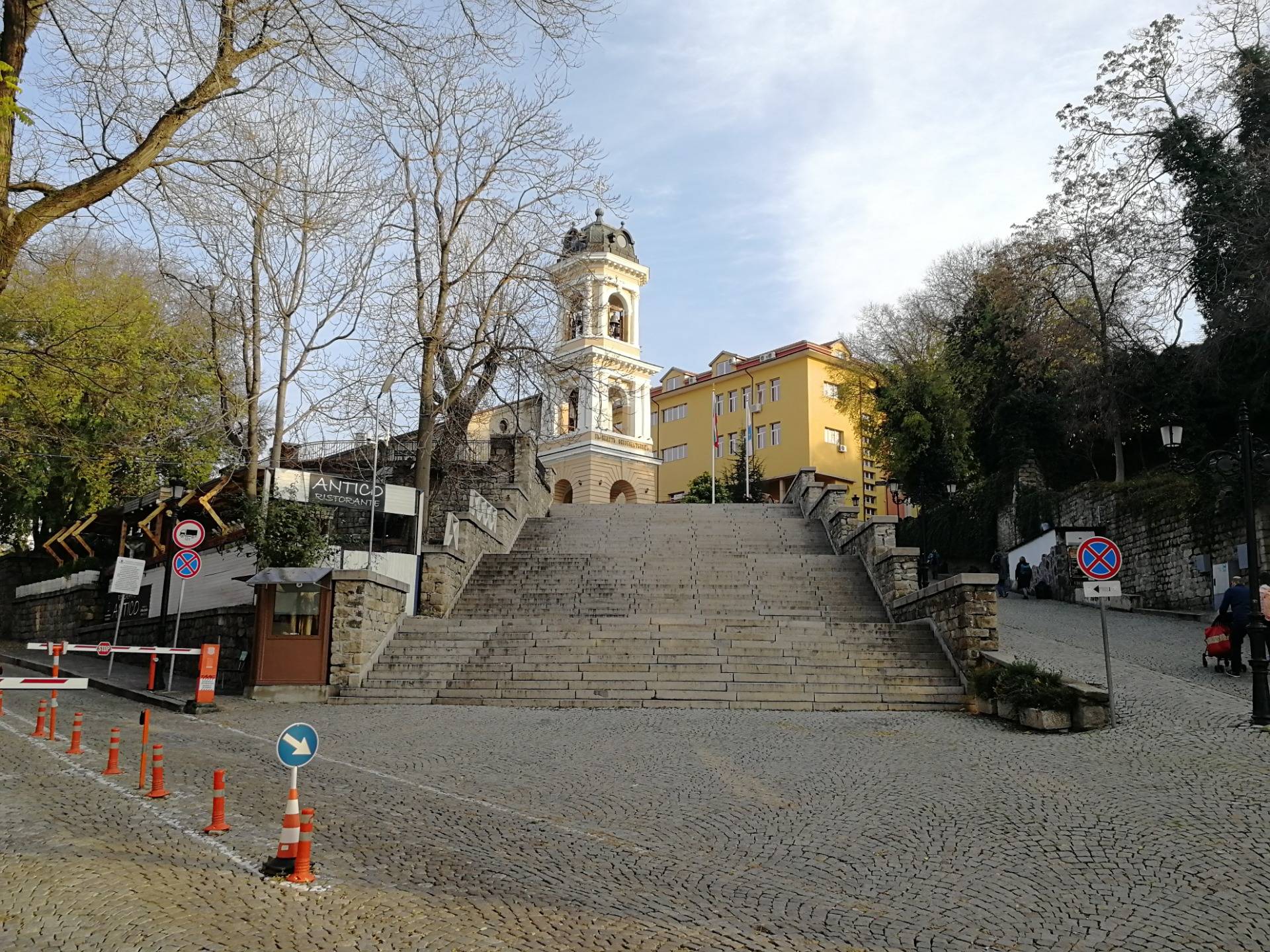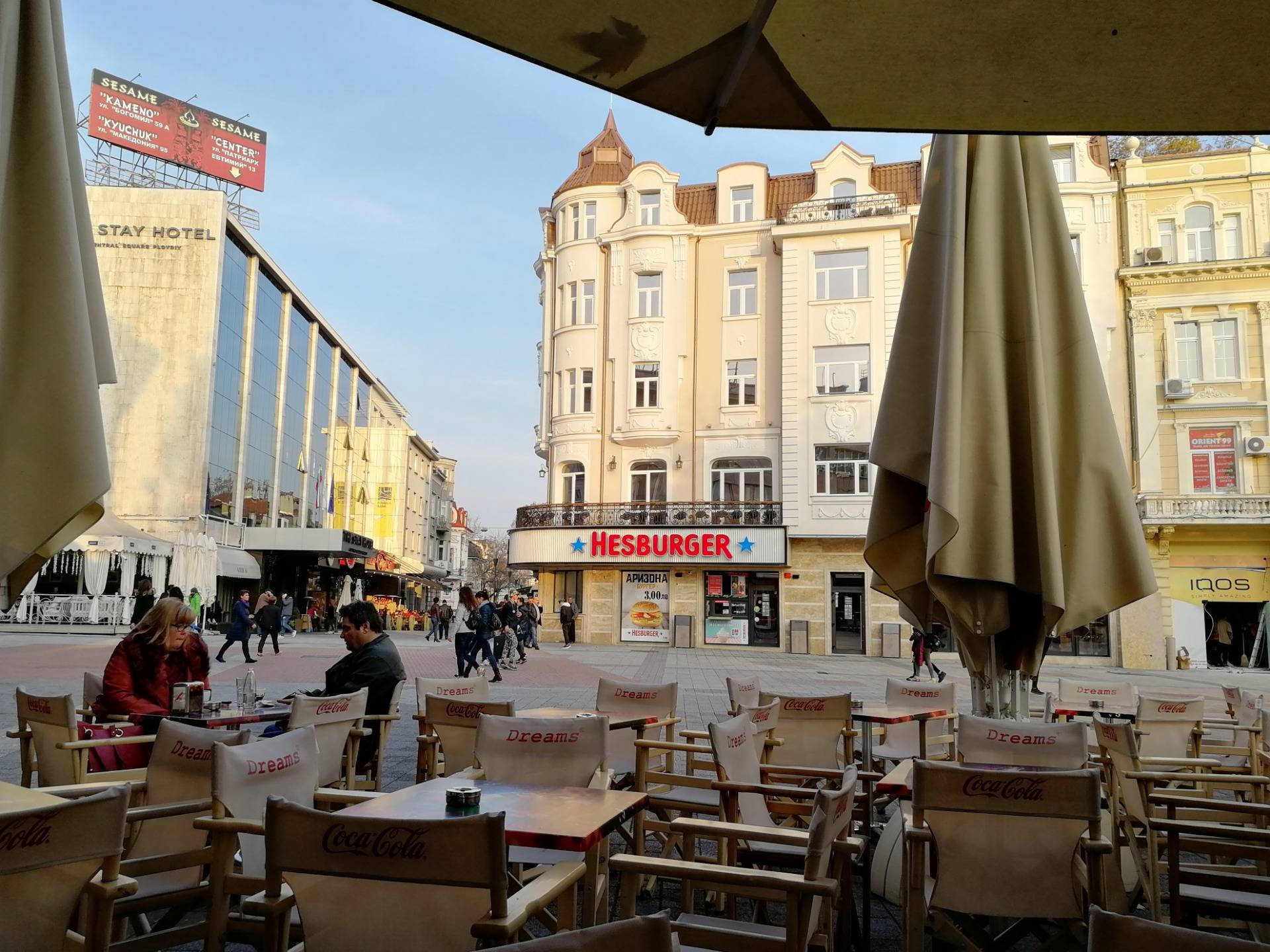Hello dear Steemians and Travelers!
This is my next travel blog on TravelFeed.io and today I will write about the Old Town of Plovdiv that I visited a few days ago. Just to let you know that, according to Wikipedia, Plovidv is:
Plovdiv is the second-largest city in Bulgaria after Sofia, with a city population of 346,893 as of 2018 and 675,000 in the greater metropolitan area.
So, during my last visit to Plovdiv I decided to go to the Old Town. According to Wikipedia:
The old town in Plovdiv is an architectural and historical reserve located on three of Plovdiv's hills: Nebet Tepe, Dzhambaz Tepe and Taksim Tepe.
The complex has been formed as a result of the long sequence of habitation from prehistoric times to present day and combines the culture and architecture from Antiquity, Middle Ages and Bulgarian revival.
And today I will show you some of the buildings, houses, etc. in the old town that have remained from the Bulgarian National Revival period (18-19 century).
My walk in the Old Town started from the Church of the Holy Mother of God that is situated on one of the city's seven hills, Nebet Tepe:
Actually, according to Wikipedia, the current edifice was constructed in 1844 and the full name of the church is Cathedral Church of the Dormition of the Holy Mother of God:
And that's a picture (a selfie) of me:
As I continued to walk I passed nearby an old building hosting a Permanent Exposition of Zlatyu Boyadziev:
Then I got to the small streets in the Old Town ...
... and I reached a small square with a tourist information center on the left and St. st. Konstantin and Elena Church on the right:
From that square if you turn left you will see Chetvarti Yanuari Street that has many small shops for souvenirs:
And from that square if you go straight forward you will see on the right side Plovdiv Regional Ethnographic Museum:
But, actually, from that small square I turned right and got into a small lane called Hisar Kapiya:
... and it led me to Hisar Kapiya Gate:
Now, let me give you a bit information about Hisar Kapiya Gate and the tower adjacent to it:
So, it turned out that Hisar Kapiya Gate was a part of a fortress fall of ancient Phillippopol.
A bit of history about Phillippopol/Phillippopolis, according to WikiPedia:
(year: 347–342 BC) The Thracian town was conquered by Philip II of Macedon who named it Philippopolis.
(year: 46 AD) Philippopolis was incorporated into the Roman Empire by emperor Claudius.
(1st–3rd century) Philippopolis became the central city of the Roman province Thracia
So, it means that the wall of the fortress initially was constructed by the Romans:
Back at that time this fortification was quite important, because (according to Wikipedia) in those times (1st–3rd century), the Via Militaris (or Via Diagonalis), the most important Roman military road in the Balkans leading to Constantinople, passed through the city of Philippopolis.
Now let's get back to the period of Bulgarian National Revival. So next to the wall/ and the gate of the Roman Fortress, on the right side you can see an orange house:
It is the house of Georgiadi. And, let me share a bit of information about the house:
Next to the house of Georgiadi, on its right side is the house of Nedkovich:
It was built in 1863:
A bit of information about the house:
As I continued to walk down the street ...
... I reached Saint Nedelya Ortodox Church:
The church was built in its current appearance in 1831-1832 by Petko Petkov (a master builder from town of Bratsigovo):
From there I turned right to Petko Slaveykov Street ...
... and continued up to an old school that was under restoration:
Then the street turned left and led me to an area with many restored old houses:
and this is actually what the houses back in the 18-19 century were and looked like:
From there I turned right and got into a very small lane:
... with other old houses ...
... and, actually, the lane is called Paldin:
! A bit of information about the word Paldin. When I was a kid I used to play computer games mainly strategies. And in those games there were always warriors called Paladins/Pallatinus/etc. So that's why I remember this word Paldin and I know very well what it is ... The stem of the word, according to Wikipedia, comes from the Late Latin word palatinus (palace officer), derived from palatium (palace).
And Paldin street in the Old Town of Plovdiv in some places is so narrow ...
... that I wondered how people who live there, drive their cars ...
... keeping in mind that the old city is on a hill/ hills and, because of this, the small streets in some places are so steep:
So from the top of Paldin street ...
... I went to another street, called Knyaz Tseretelev Street:
And on Knyaz Tseretelev Street there is a very interesting house:
And that house is called Lamartine/Mavridi House:
According to Wikipedia, this is a bit of information about the house:
The house of the merchant Georgi Mavridi was built in 1829–1830. The French poet Alphonse de Lamartine stayed in this house for three days in 1833 on his way back from a journey to the Middle East. Since then, the house is associated with his name. Currently, its hosts an exhibition dedicated to the life and work of the French poet and politician.
And that's why there is a commemorative plaque on the wall of the house:
From Lamartine/Mavridi House I headed up to the top of the hill and I reached the Ancient theatre of Philippopolis / Plovdiv Roman theatre that was founded in the 90s of the 1st century AD:
... but about the Plovdiv Roman theater I will write next time:

Ready to Blog & Earn?
With TravelFeed, easily start your own travel blog and earn as you go. It's the smart platform for travelers who want to profit from their passion. Create a free account
From the Ancient Theater I started to walk down the hill towards the city center and I passed by that beautiful house:
And, of course, I checked the sign on the wall of the house:
As I continued to walk towards the city center I stopped by the St. Dimitar Church ...
... that was built in 1838:
A little bit of information about the church:

Don't Forget: Get Travel Health Insurance!
To make your trip a worry-free experience, TravelFeed recommends SafetyWing Nomad Insurance. It provides comprehensive health coverage while you travel, so you can focus on exploring, not the unexpected. Get a quote here
The streets around the church and the yard of the church were so narrow .... and, because of this, I couldn't take a good picture of the church, but in the garden of the church I was able to take a picture of a beautiful drinking fountain with a shape of a Peafowl:
I drank a bit of fresh water from it and then I continued to walk towards the city center.
In about 10 minutes I reached the point from which my walk in the Old Town of Plovdiv started - the Church of the Holy Mother of God:
And, as you see in the picture above, at that time it became sunny! The weather was just perfect for late November. That's why when I got to the city center I had a cup of coffee in this cafeteria sitting at one of those tables:
That's it for now! Thank you for stopping by and reading! Hope you enjoyed my travel blog.
Travel Resources for your trip to Bulgaria
Recommended by TravelFeed
Flights: We recommend checking Kiwi.com to find the best and cheapest flights to Bulgaria.
Accomodation: Explore the best places to stay in Bulgaria on Booking.com, Agoda and Hostelworld.
Travel Insurance: Medical emergencies abroad can be pricey, but travel health insurance is not. We always use SafetyWing for affordable and reliable coverage.
Car Rental: For hassle-free car hiring, DiscoverCars is our trusted choice with a wide selection of vehicles.
Internet: Got an eSIM compatible phone? Airalo is perfect for reliable internet access during your trip. Just install it before you go, and you're set!
Day Trips & Tours: We recommend GetYourGuide for a variety of well-organized and enjoyable activities.
Travel Planner: Need a hand planning? Our free travel planner chatbot is your personal guide to Bulgaria. Chat now.
Disclosure: Posts on TravelFeed may contain affiliate links. See affiliate disclosure.
